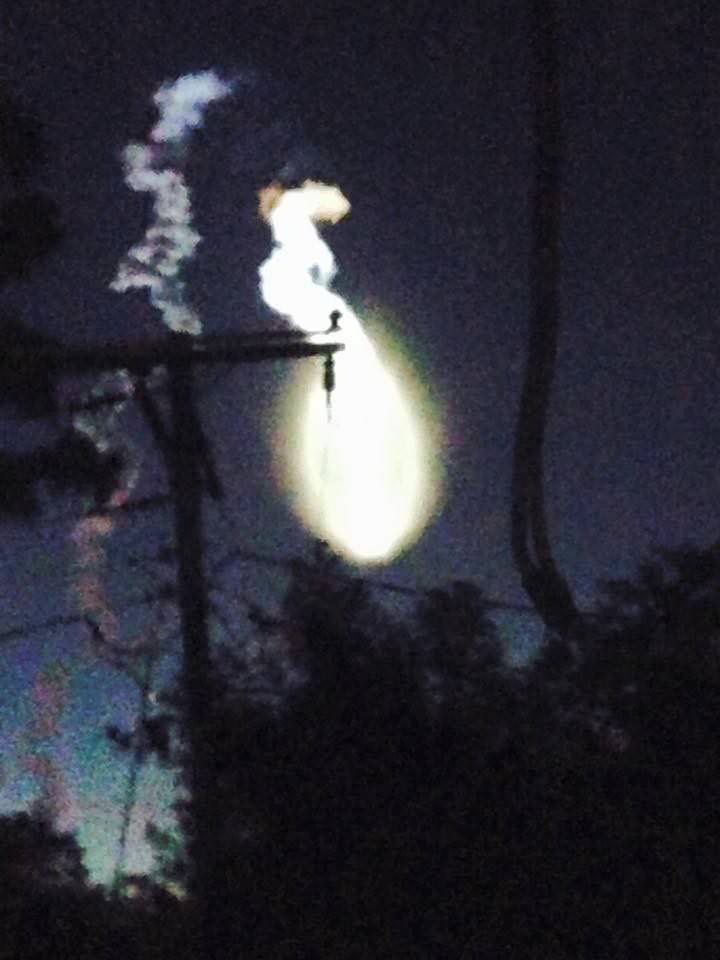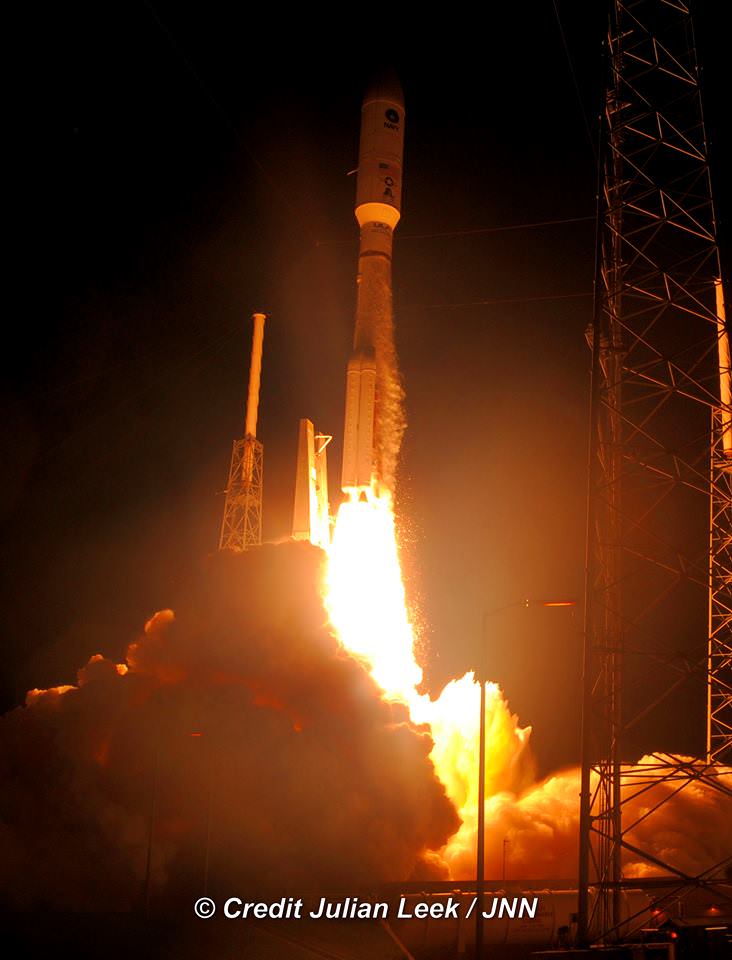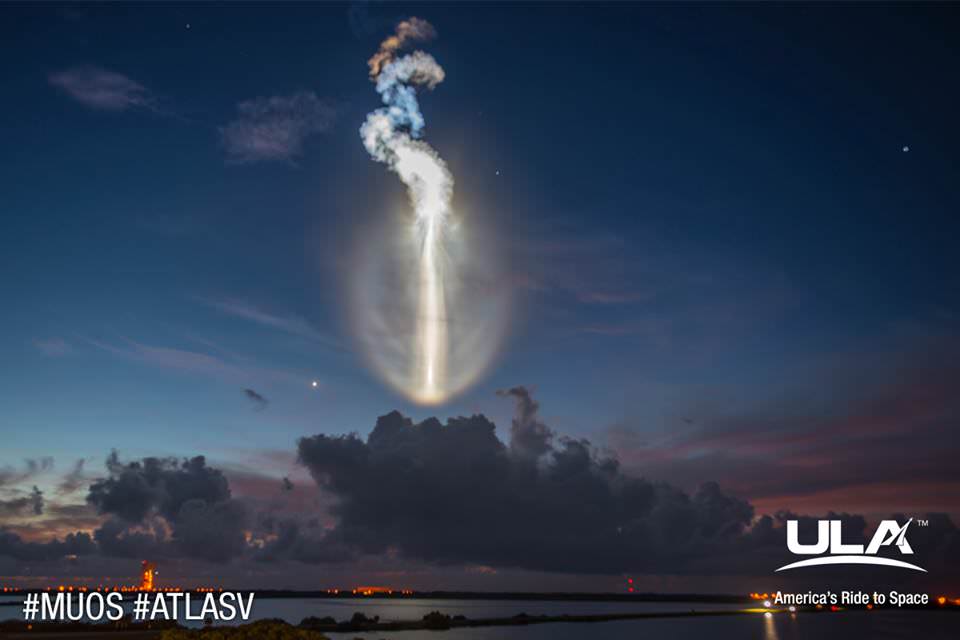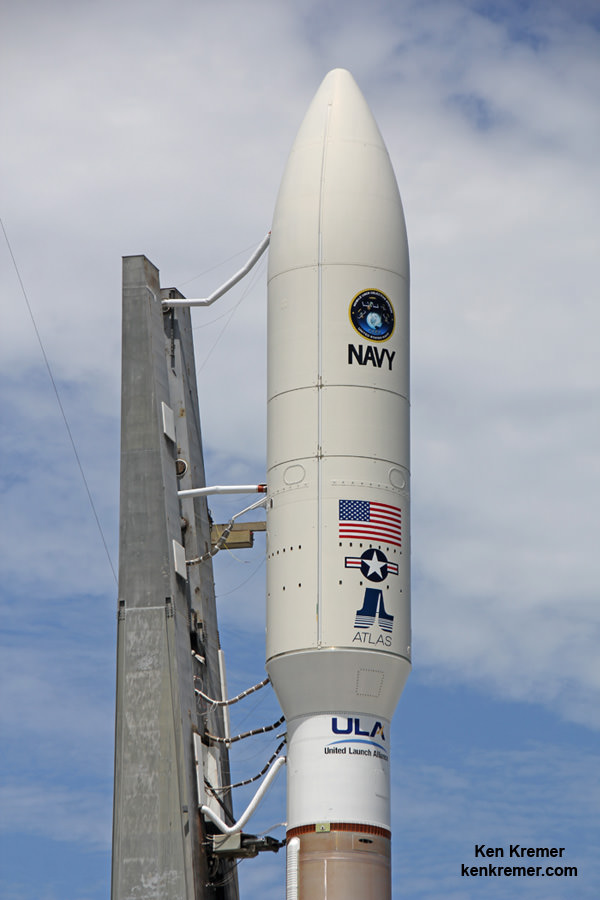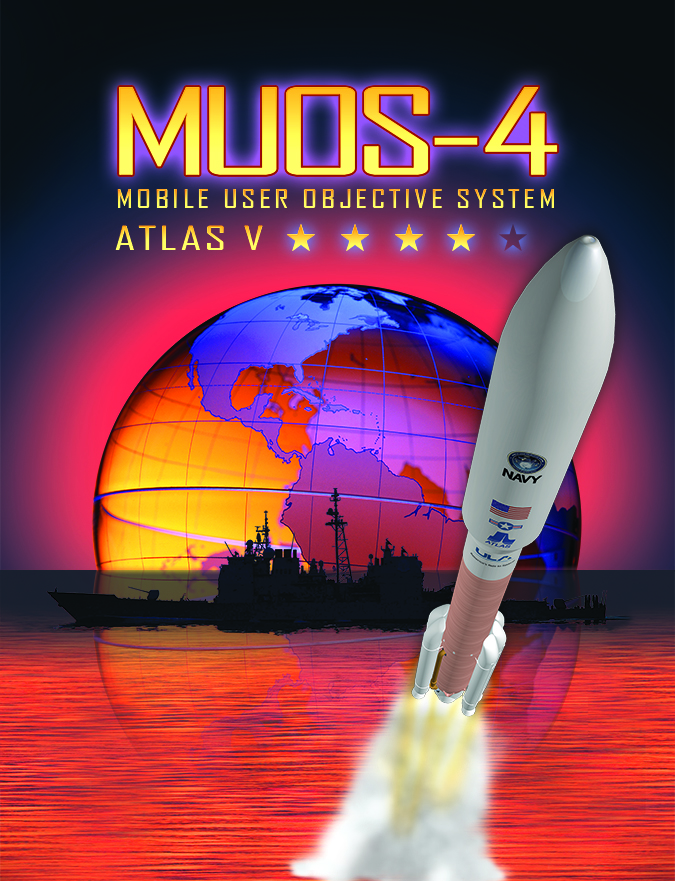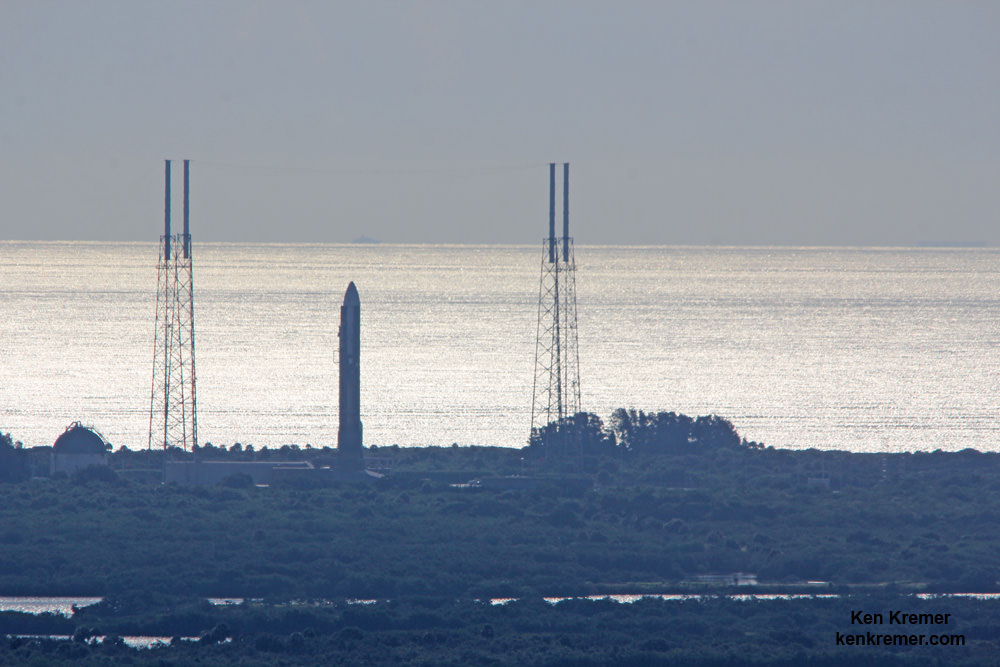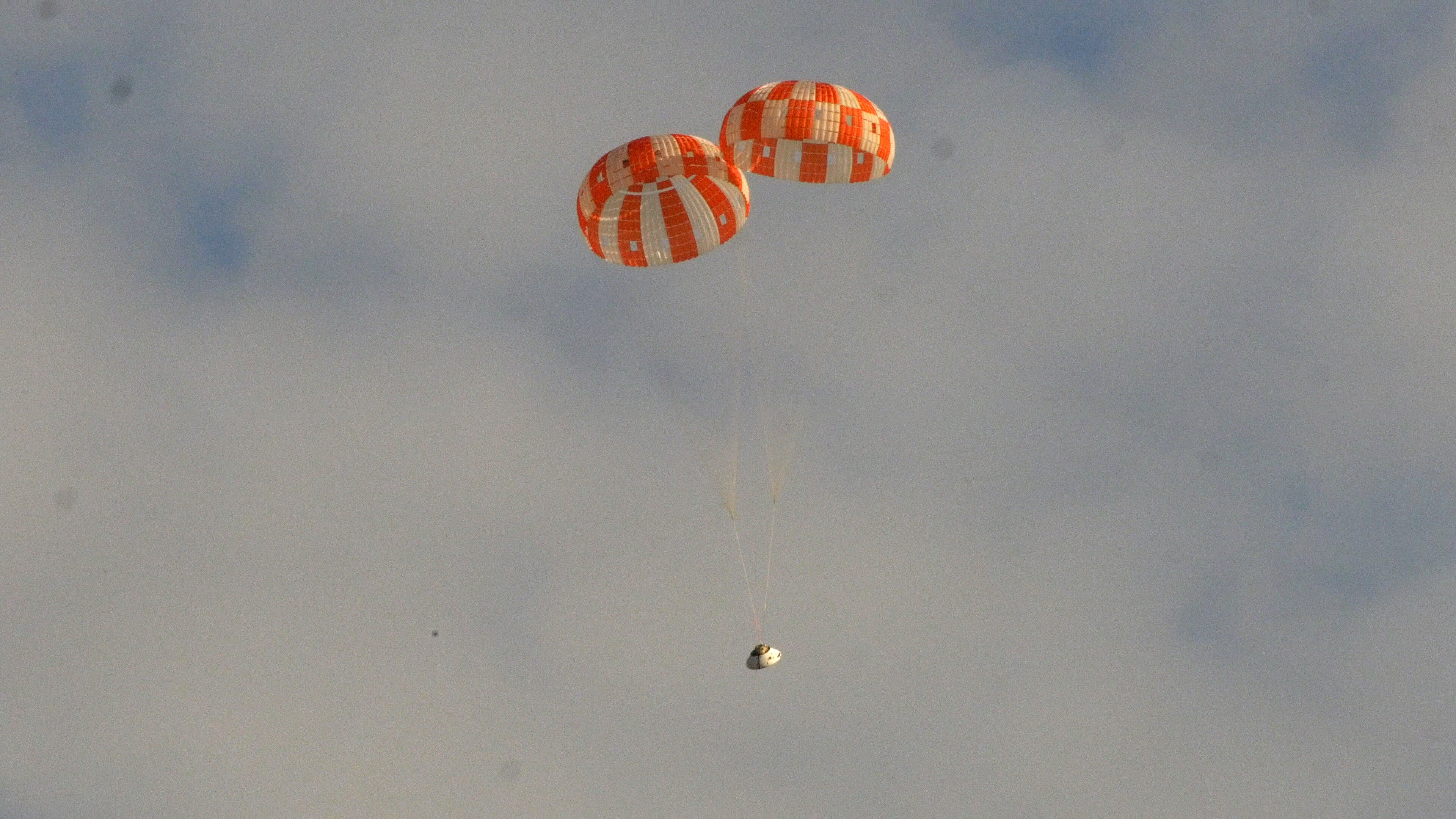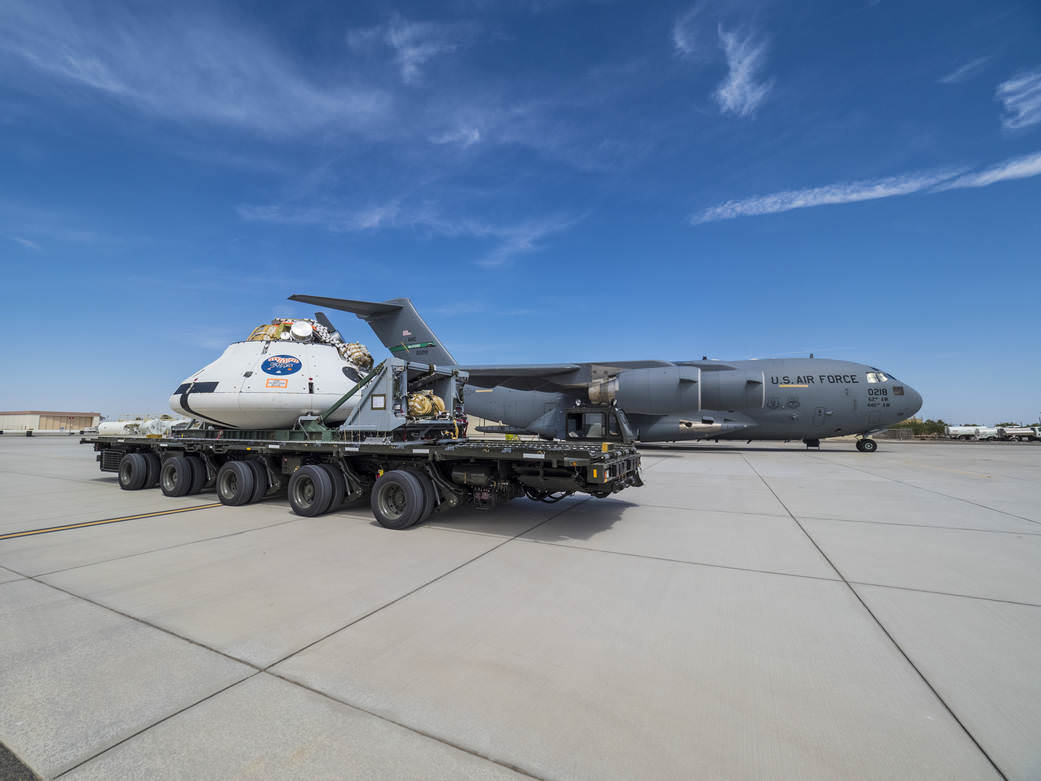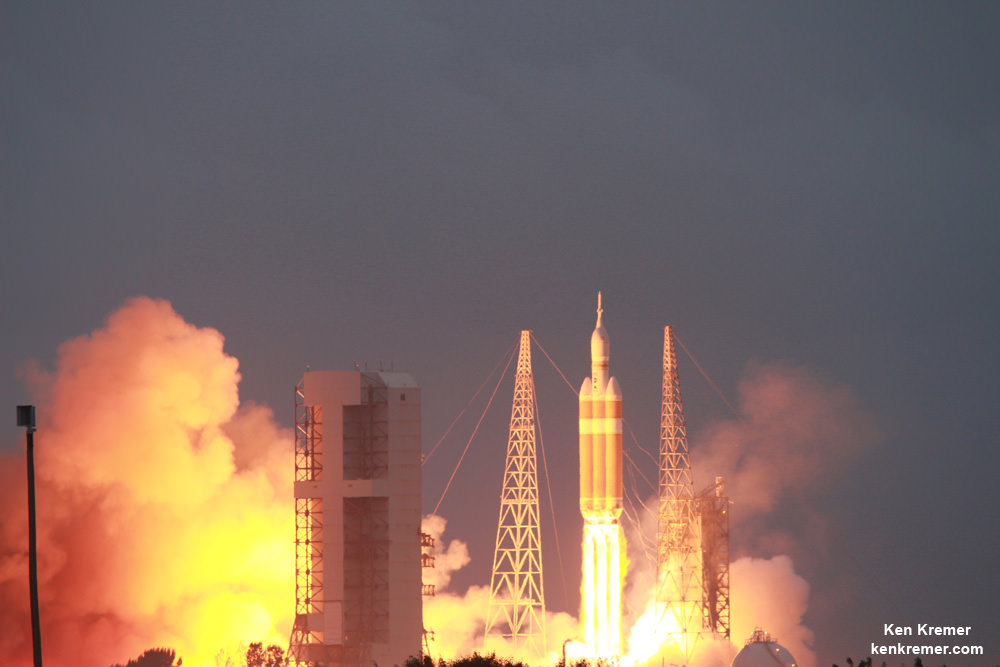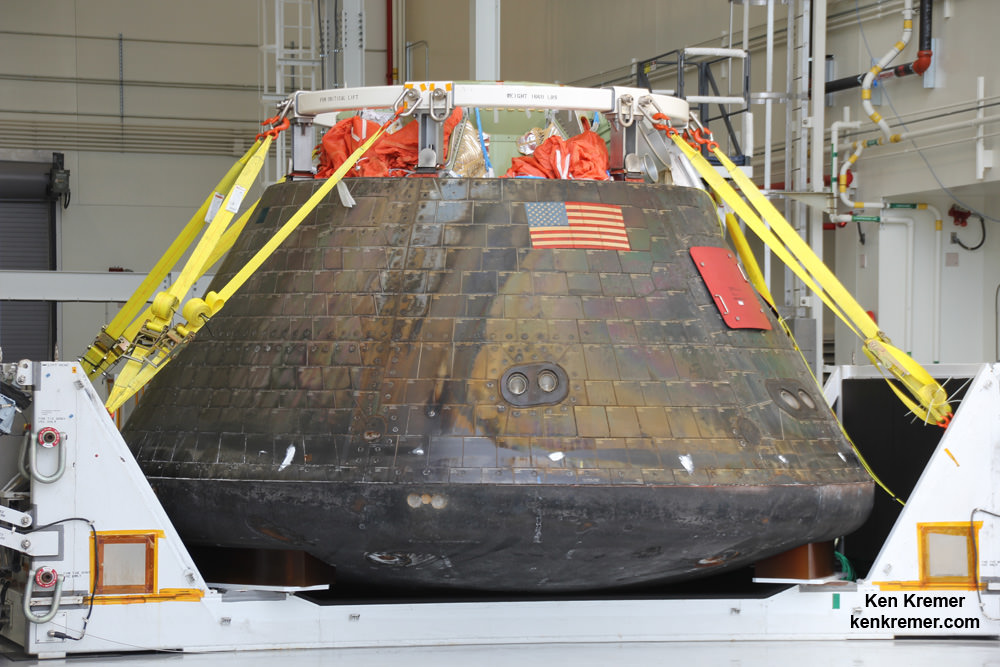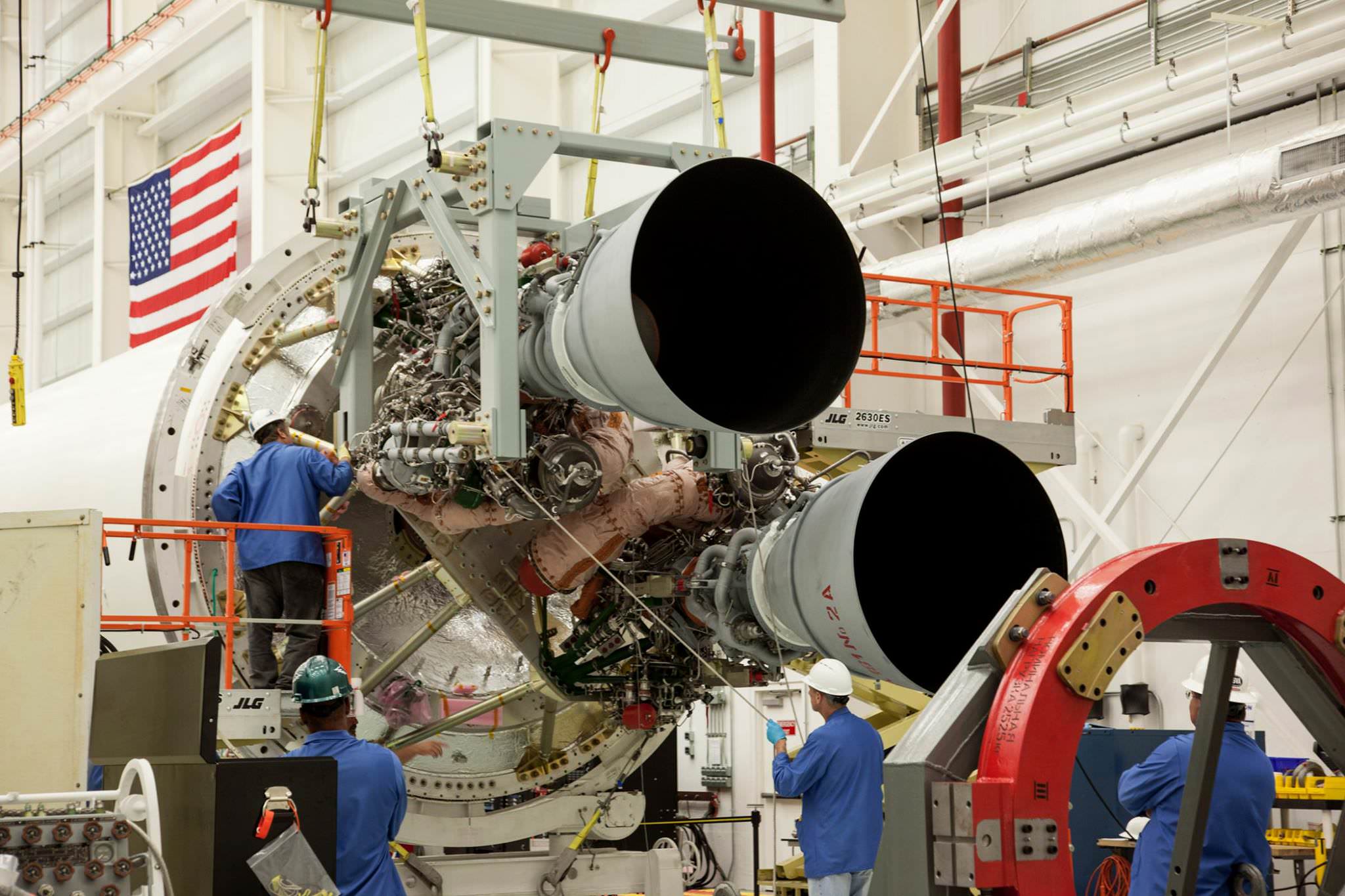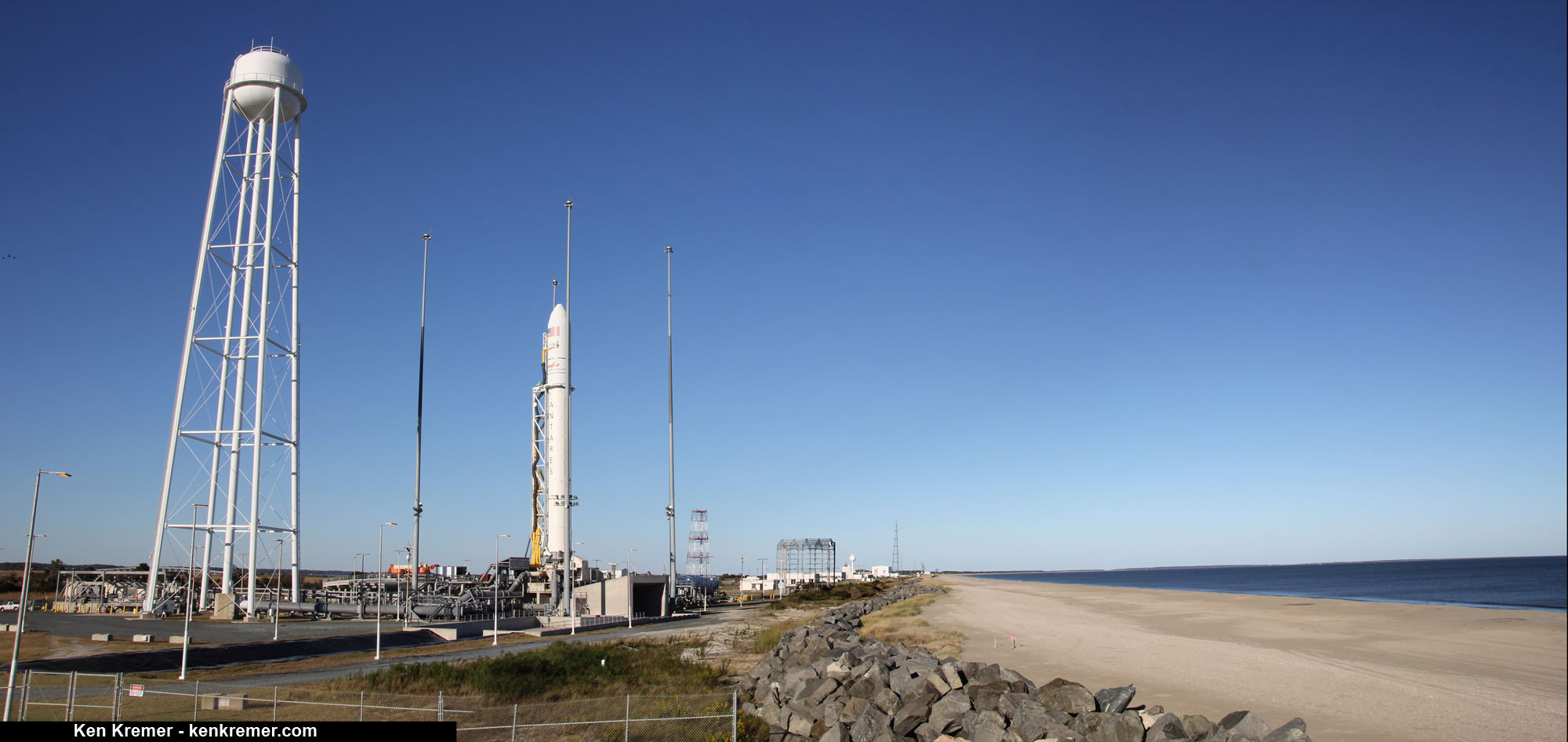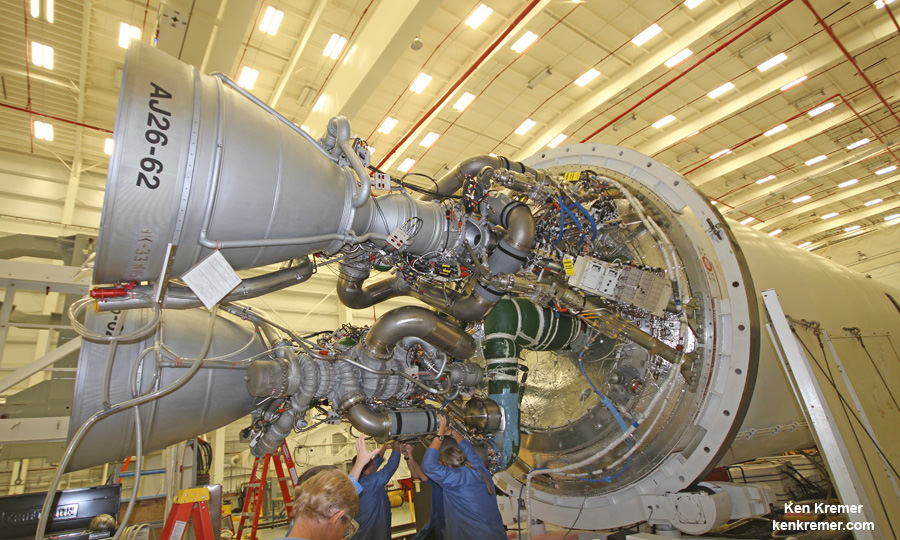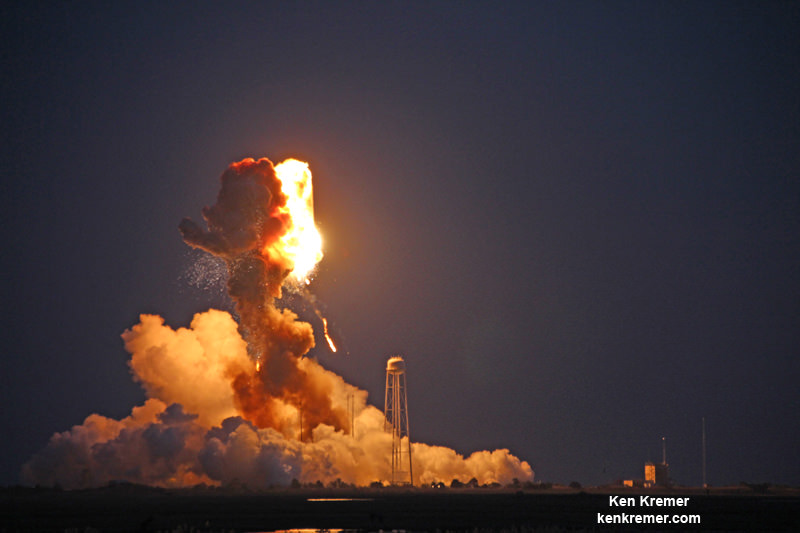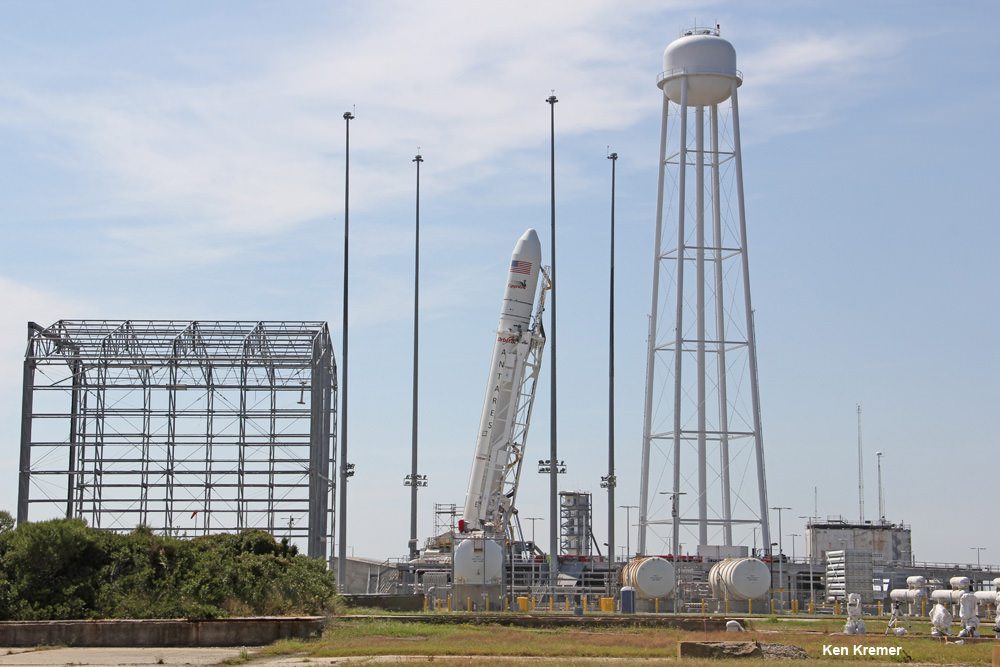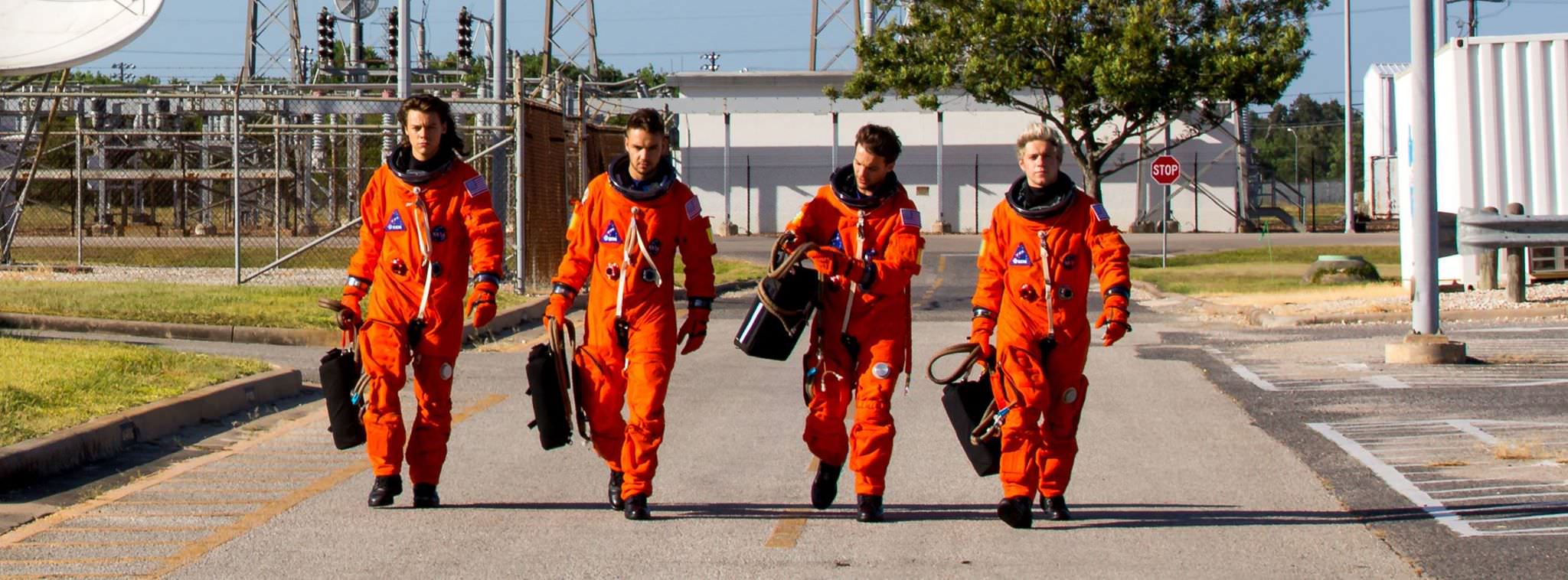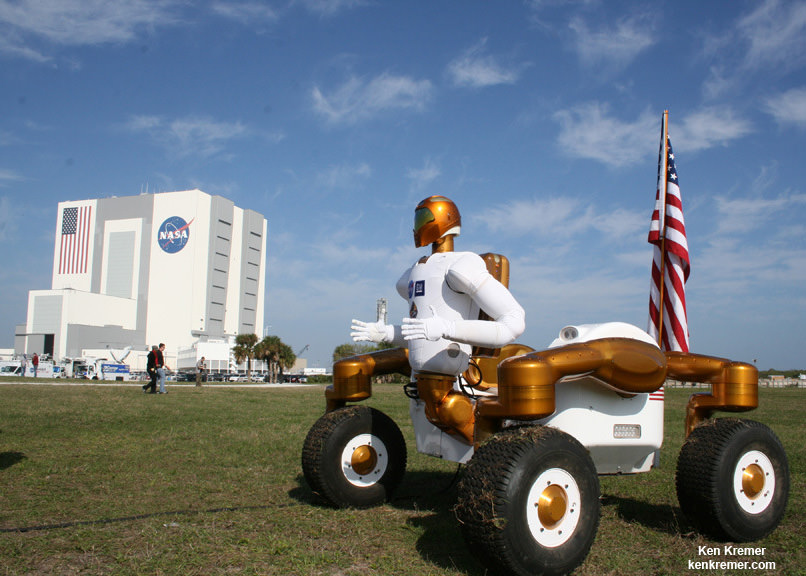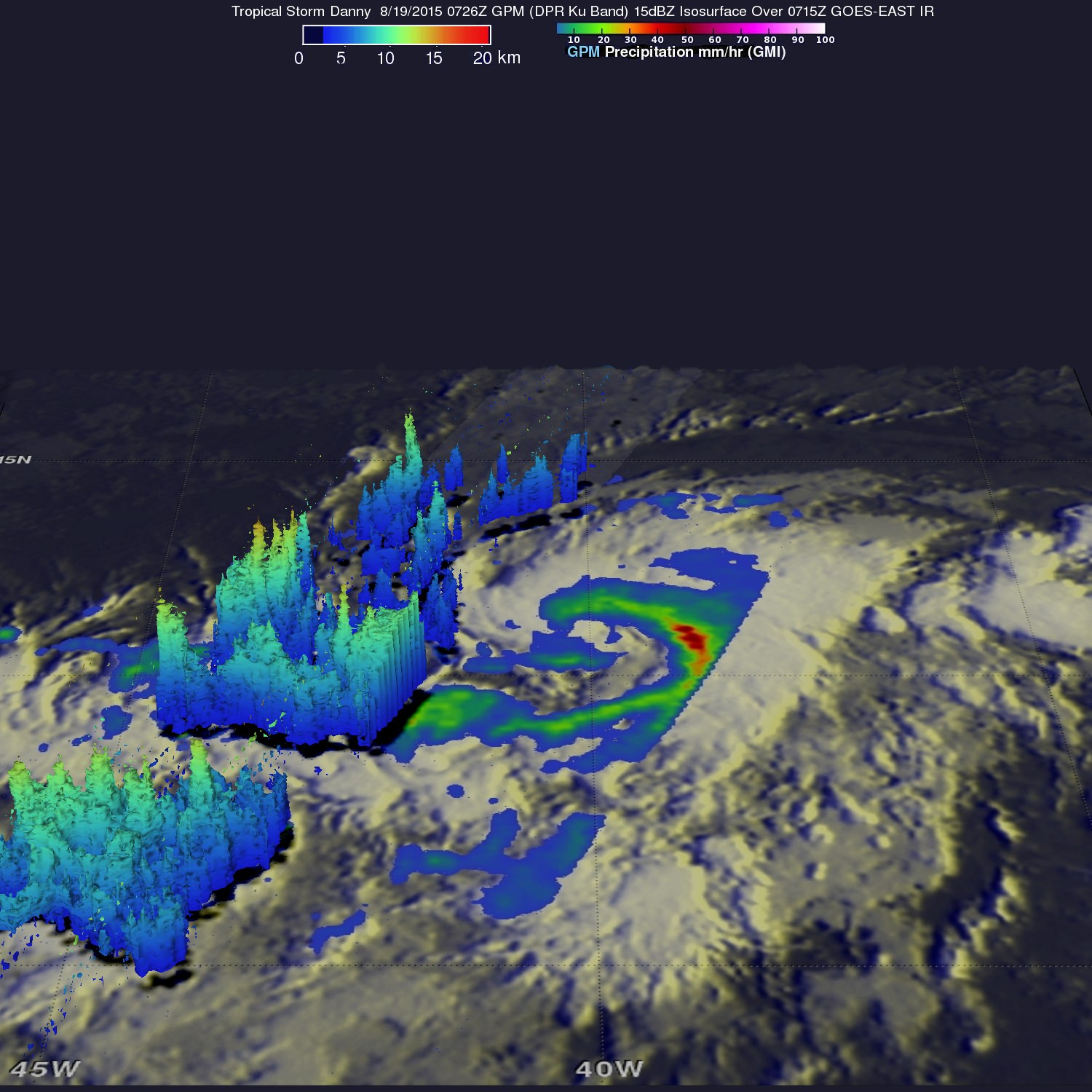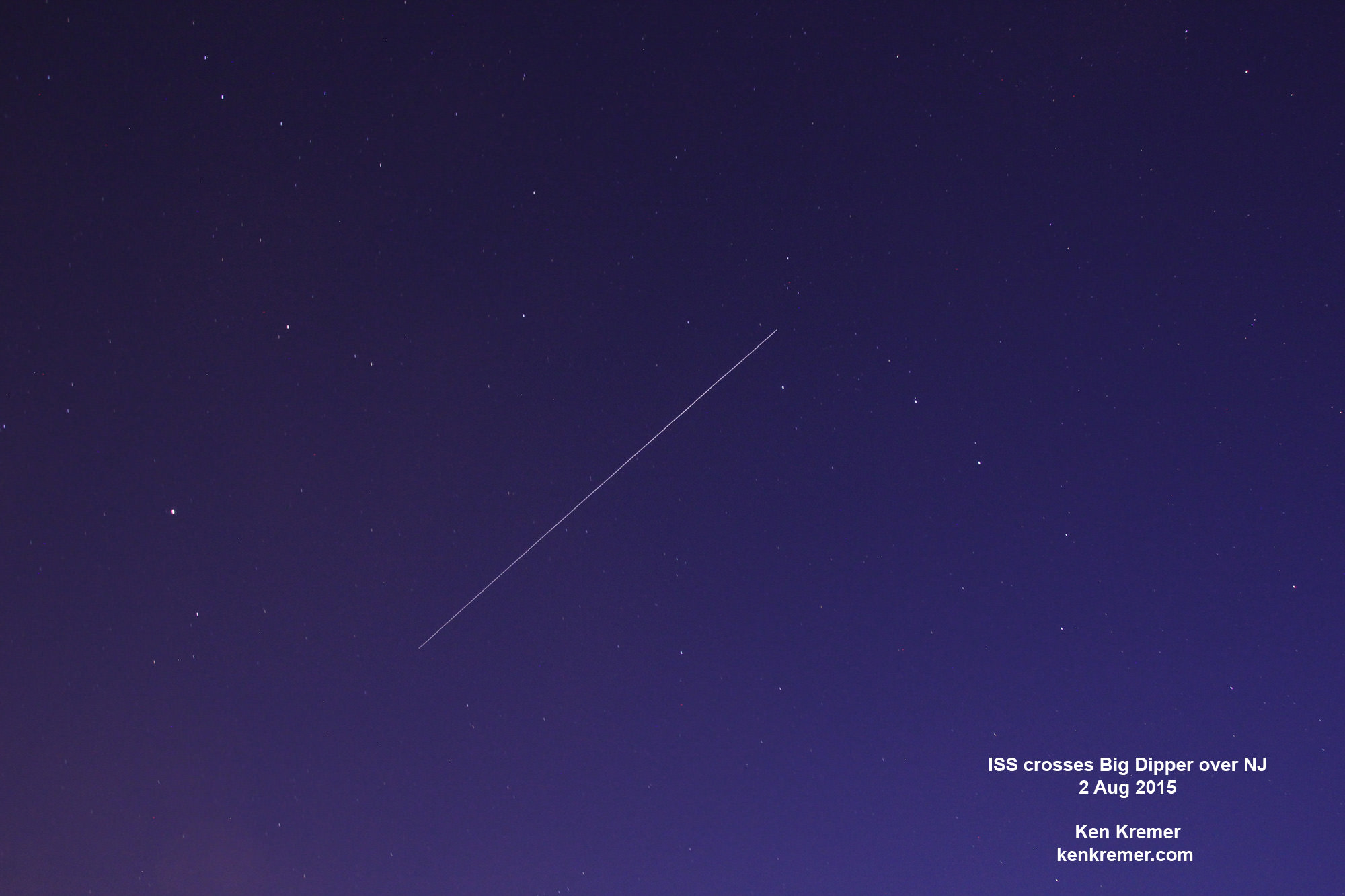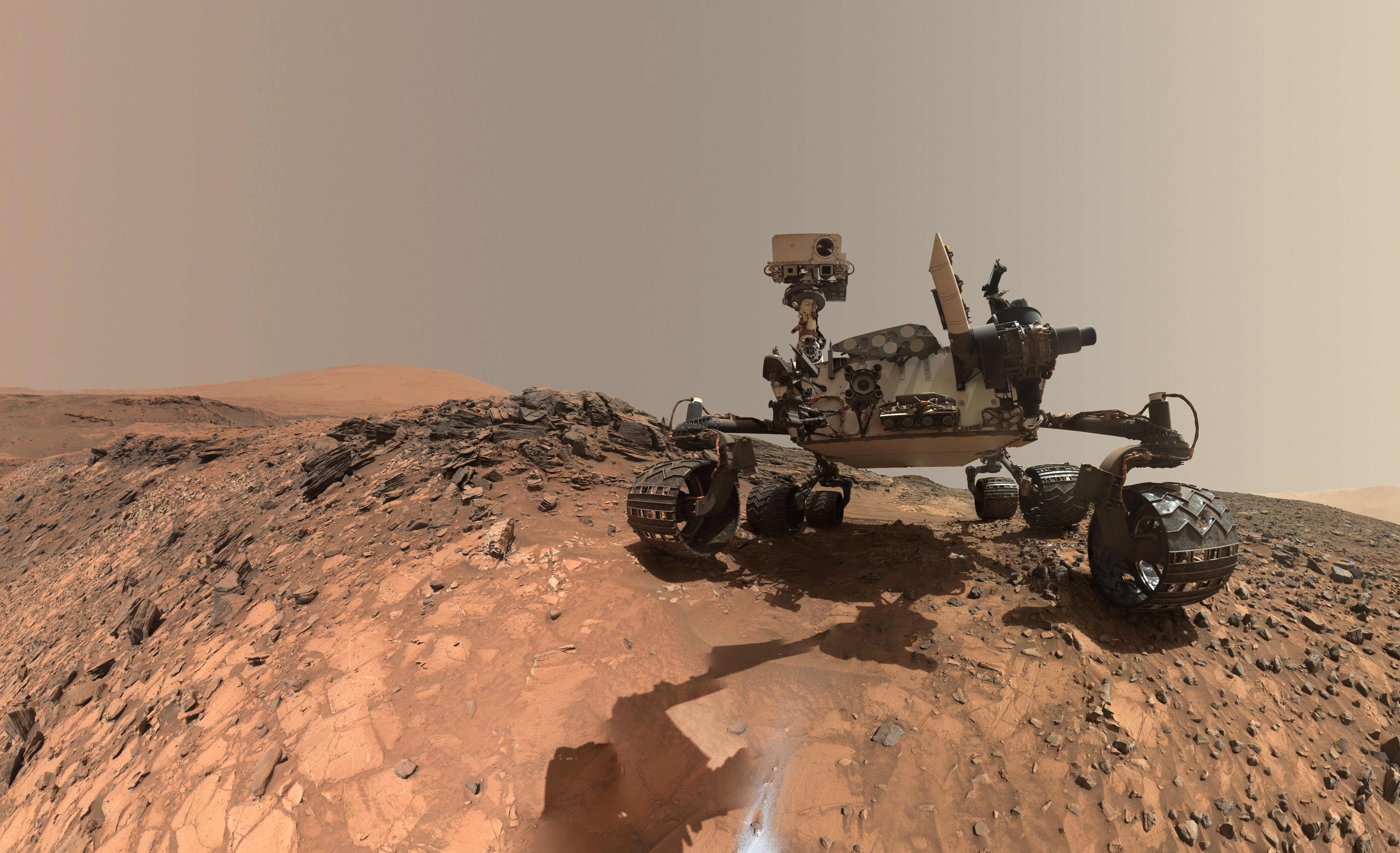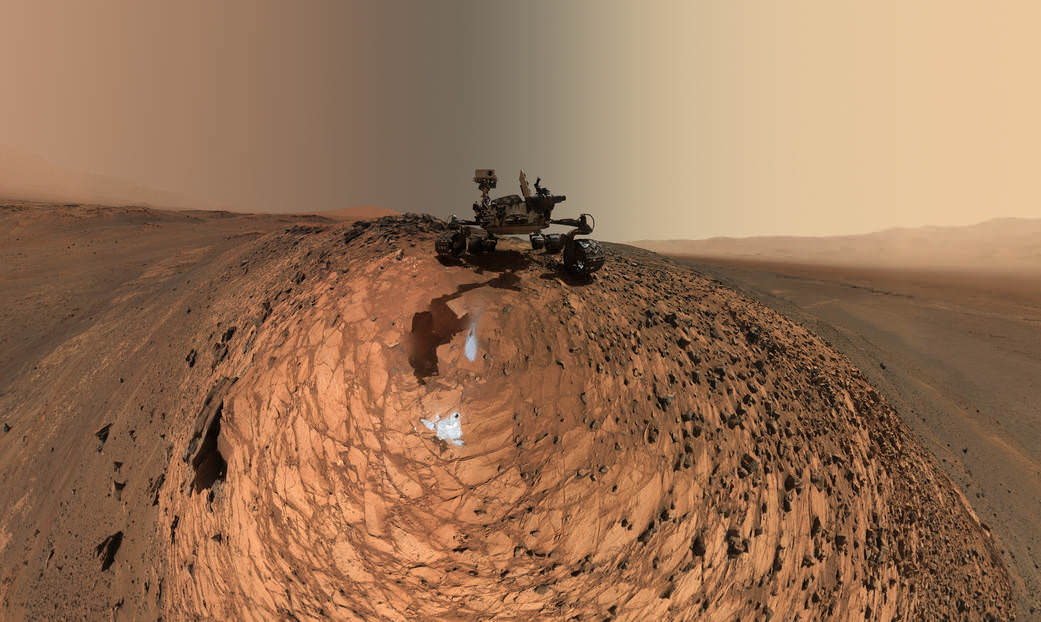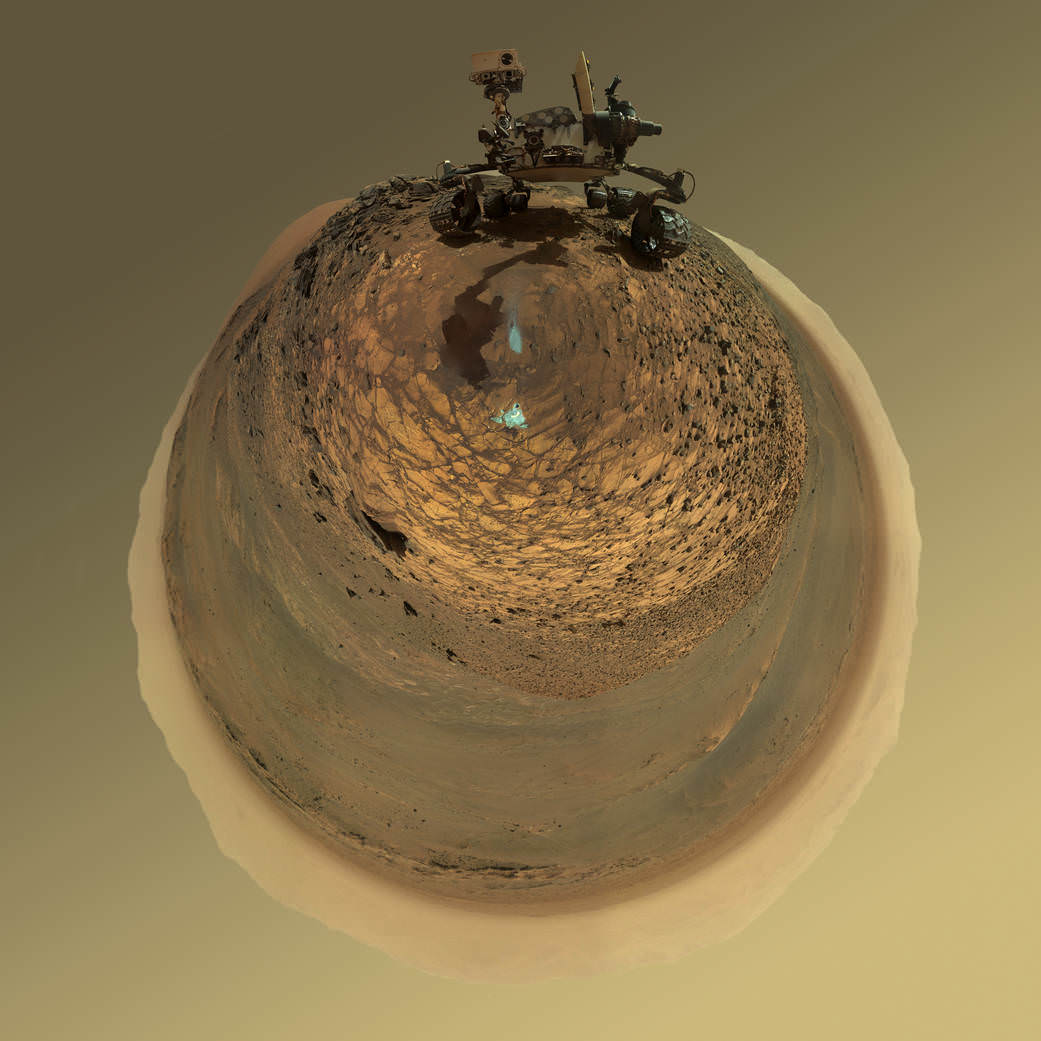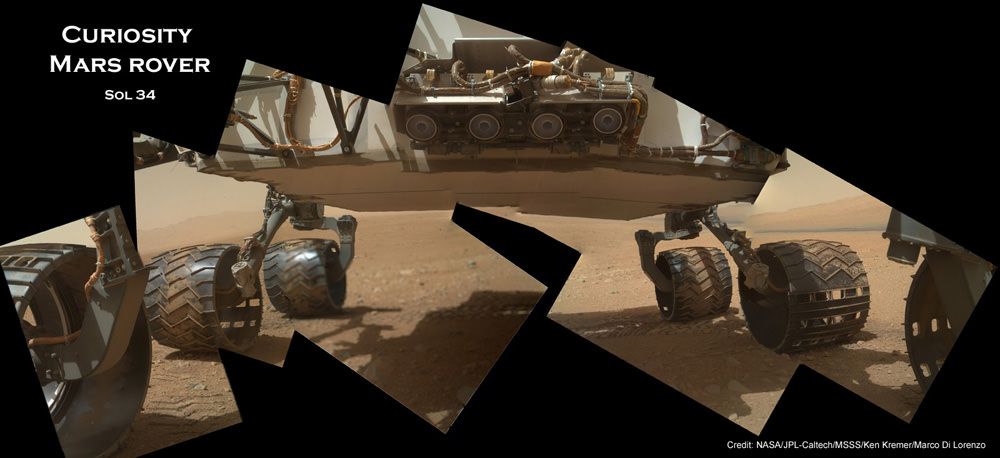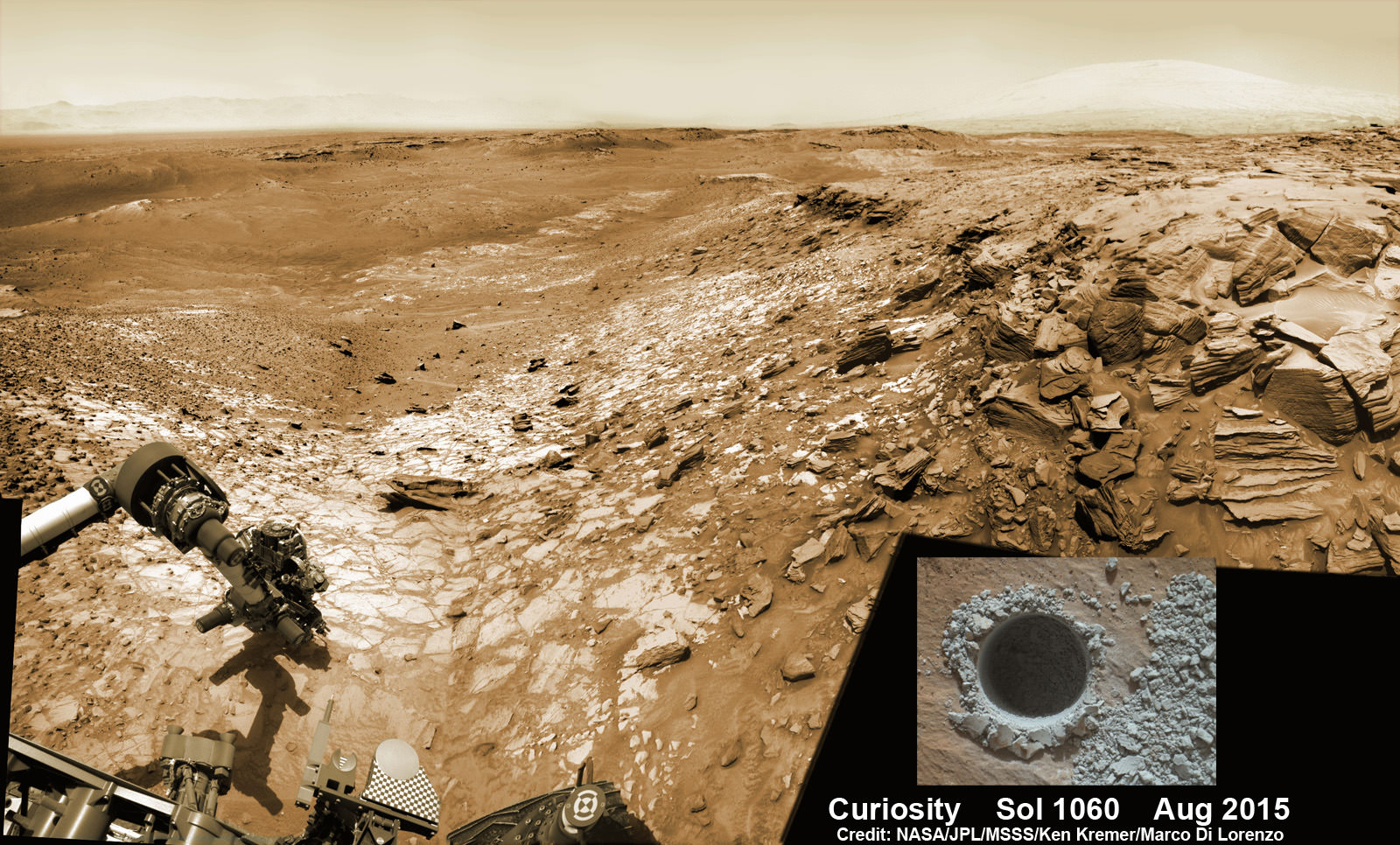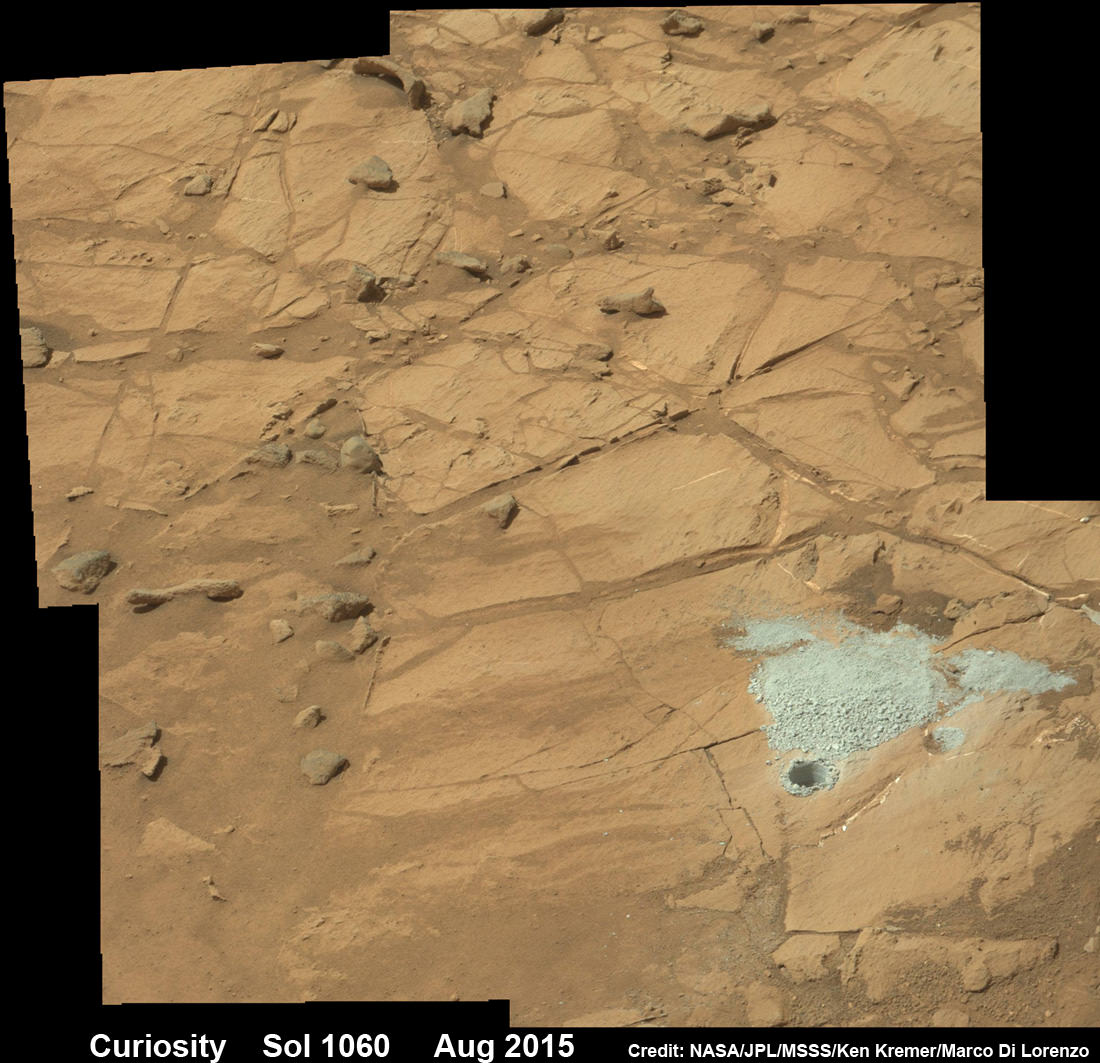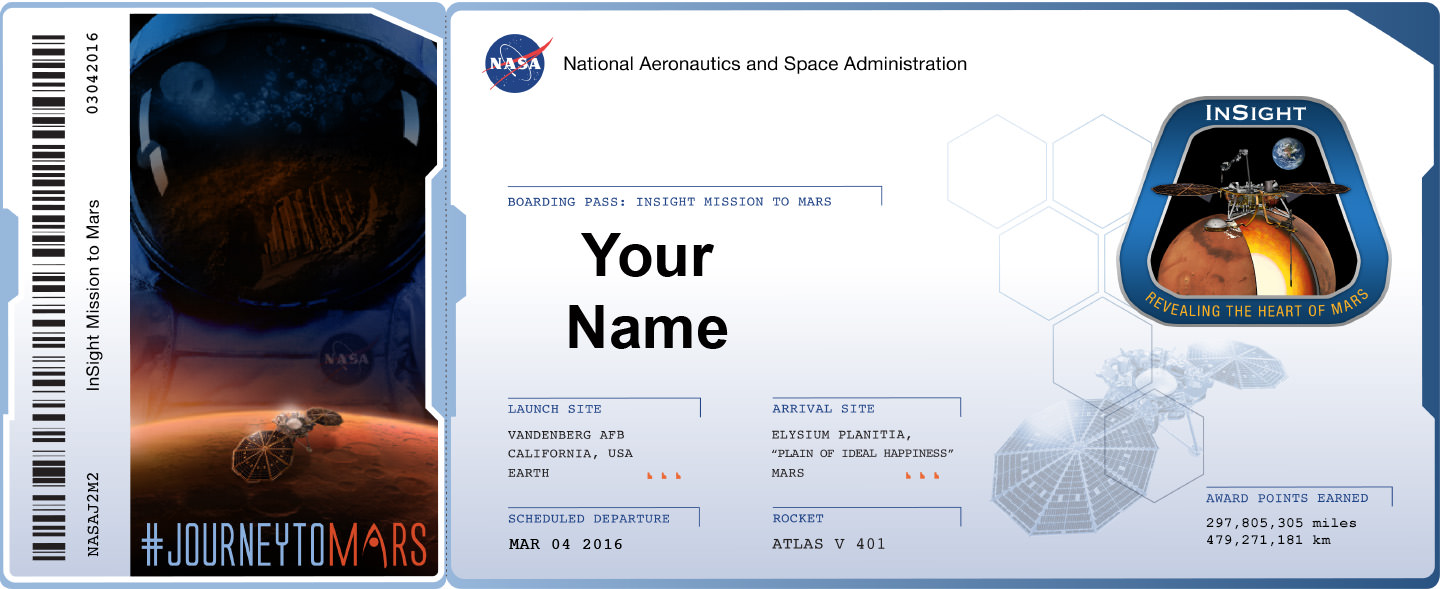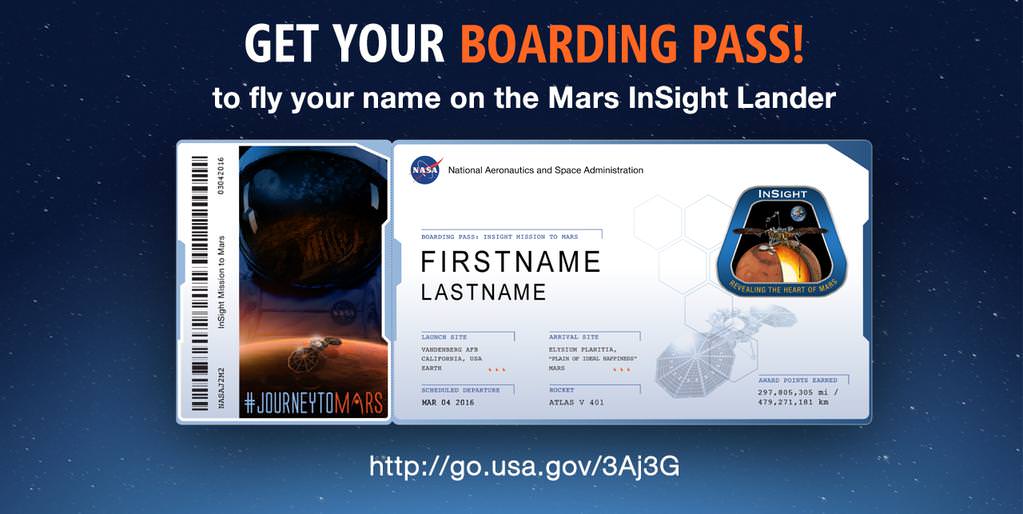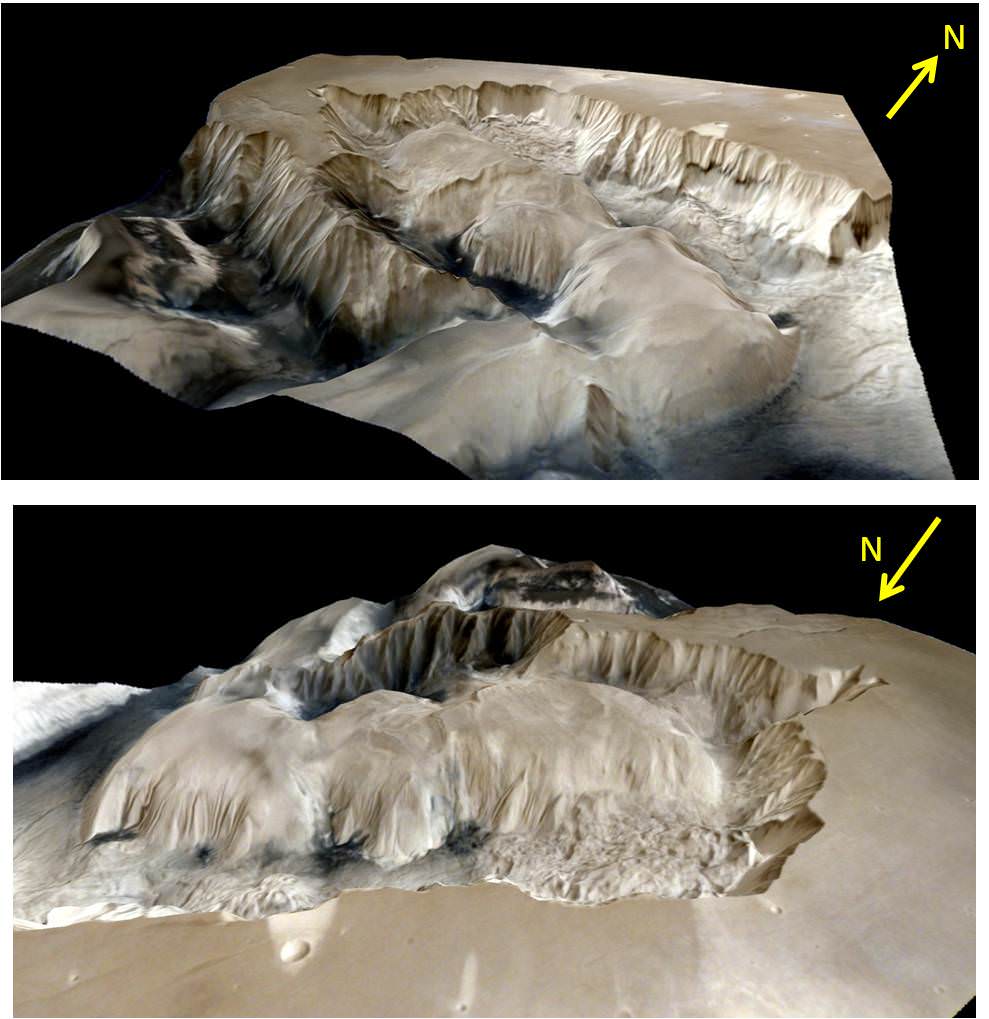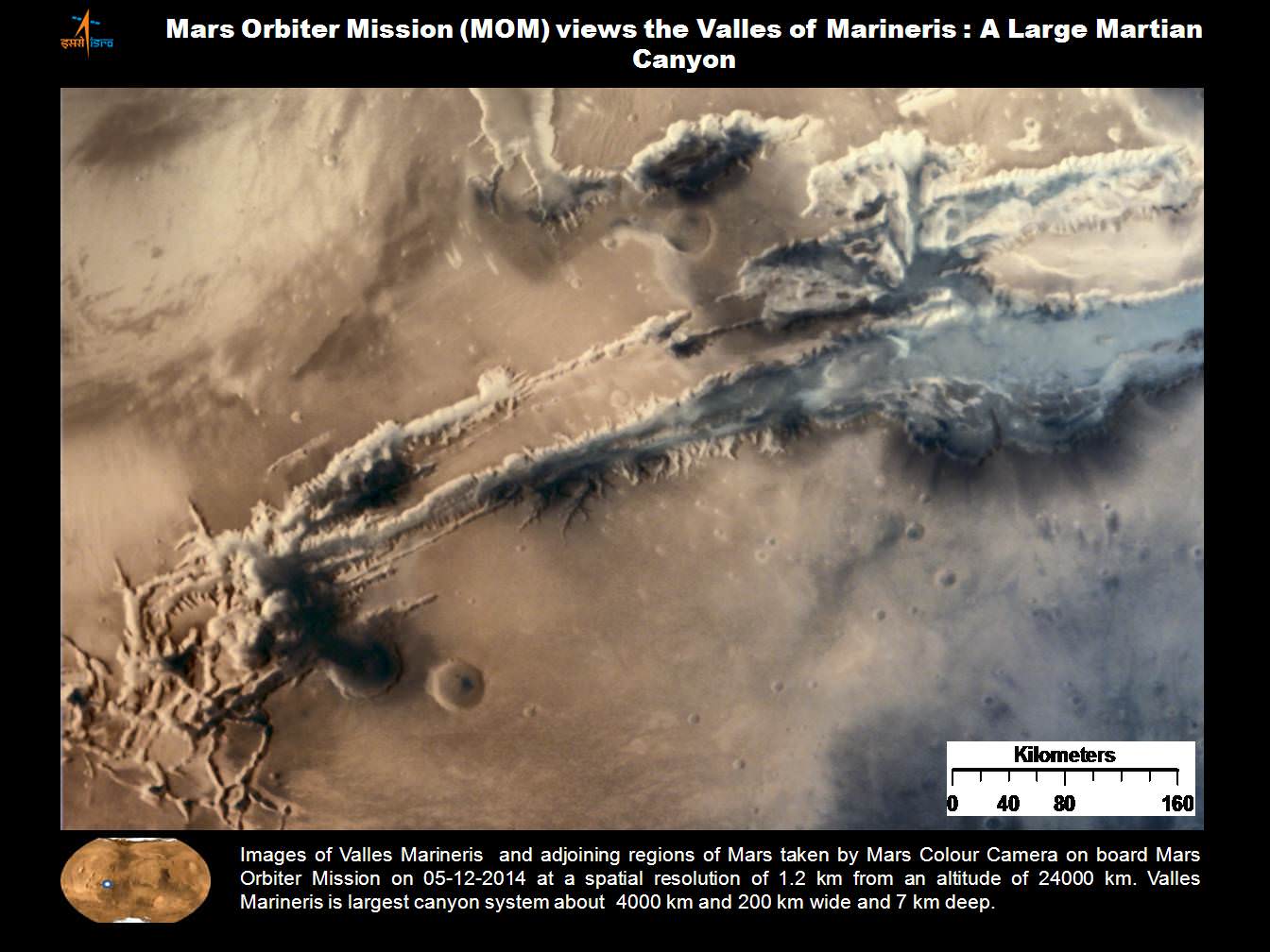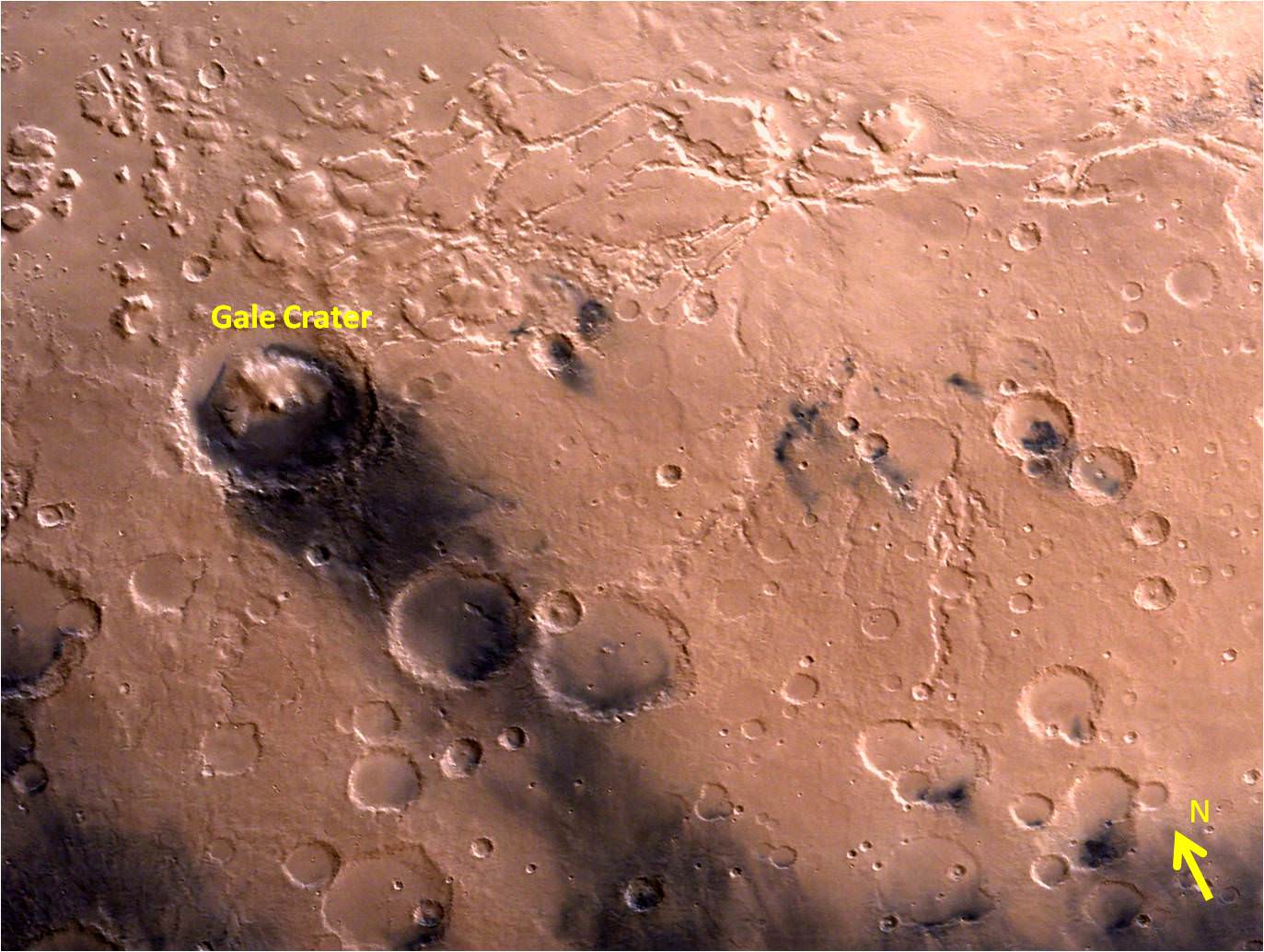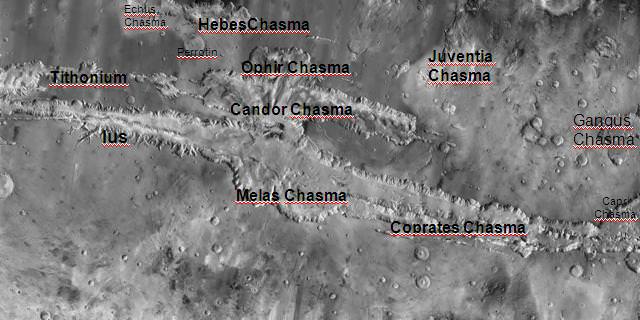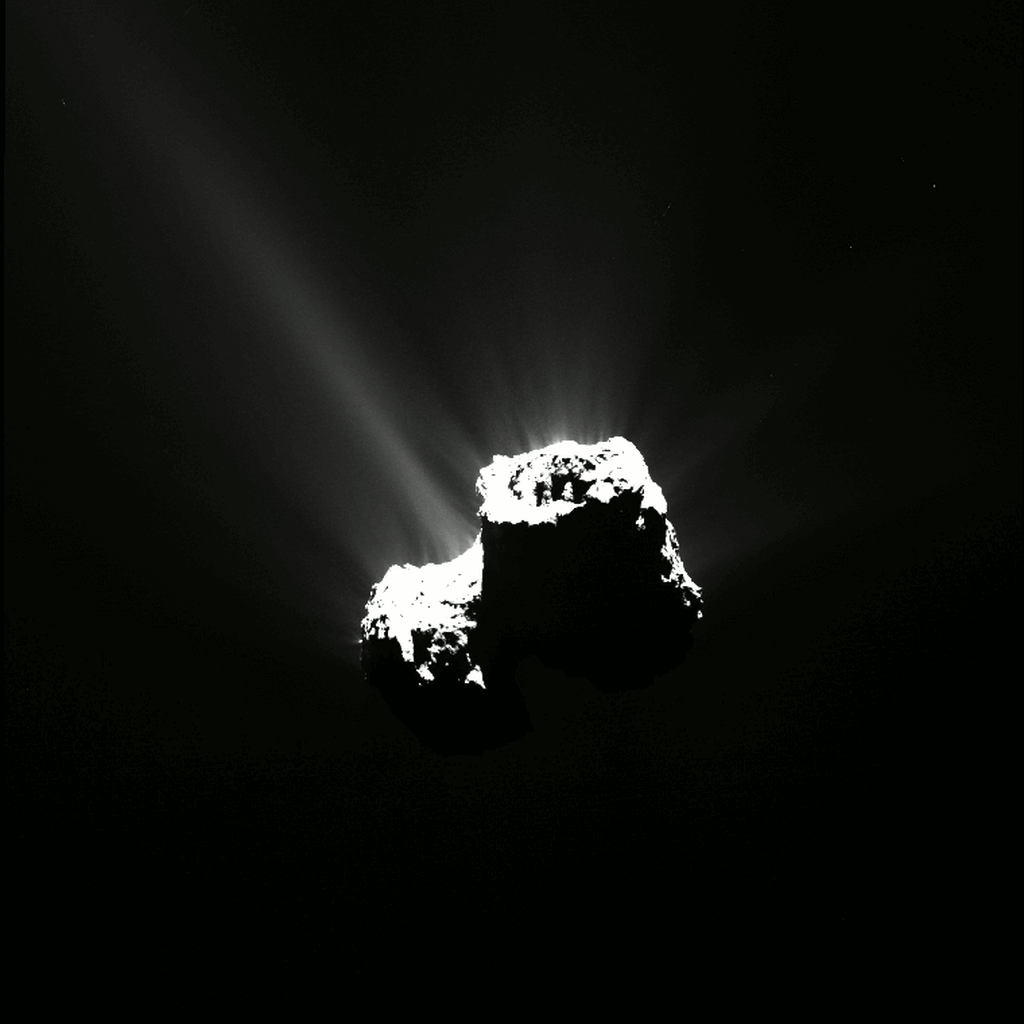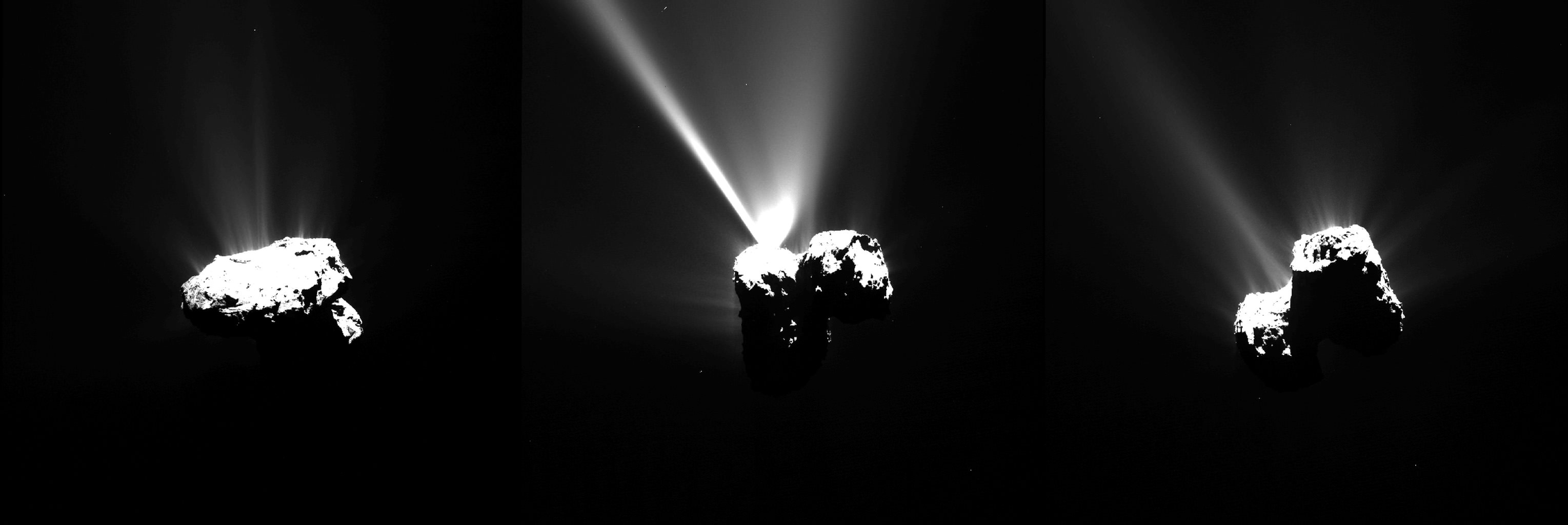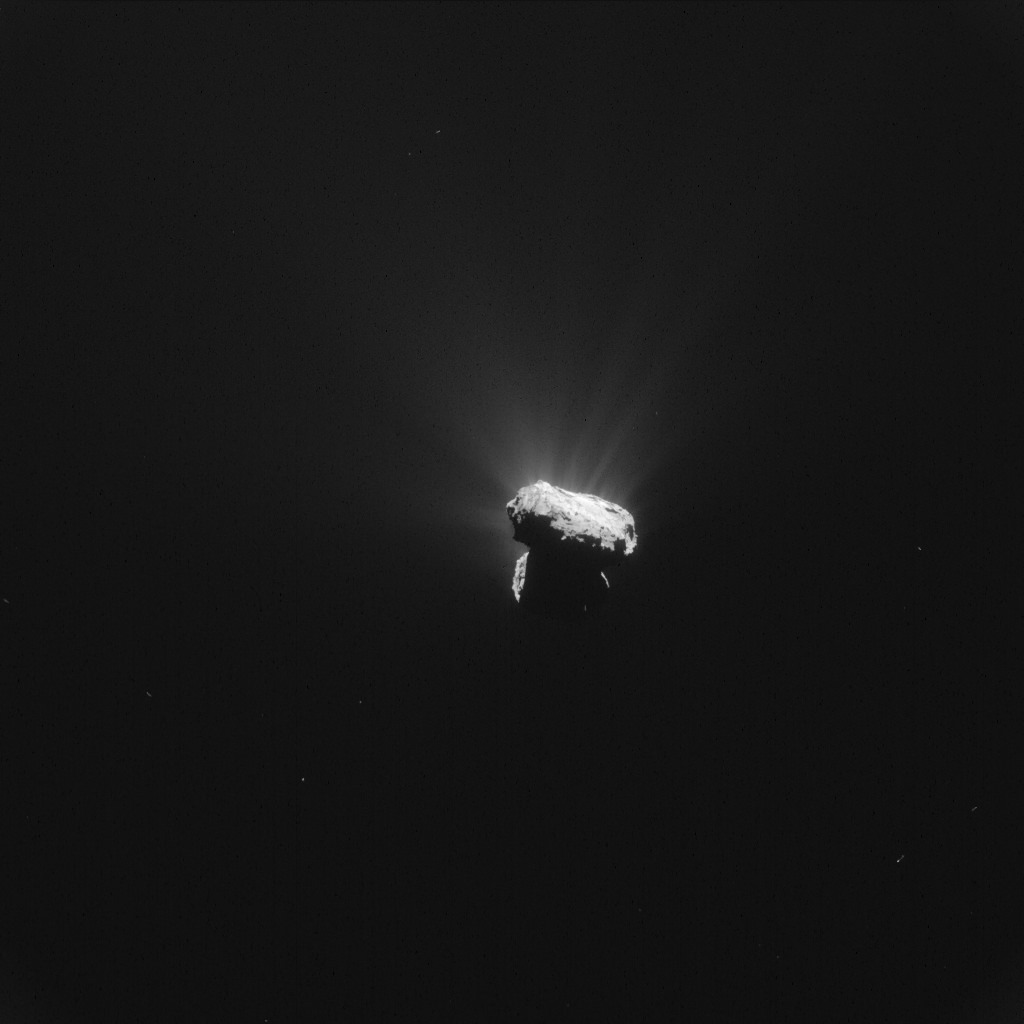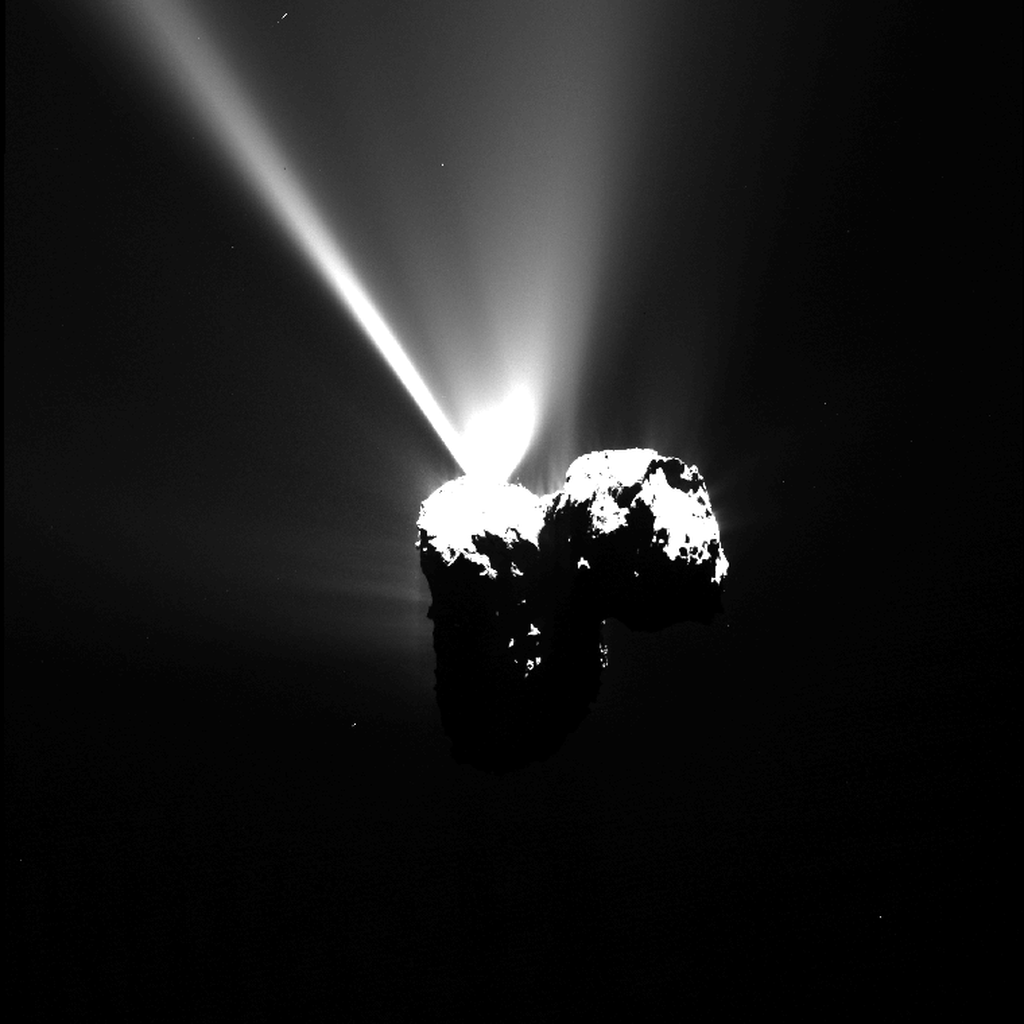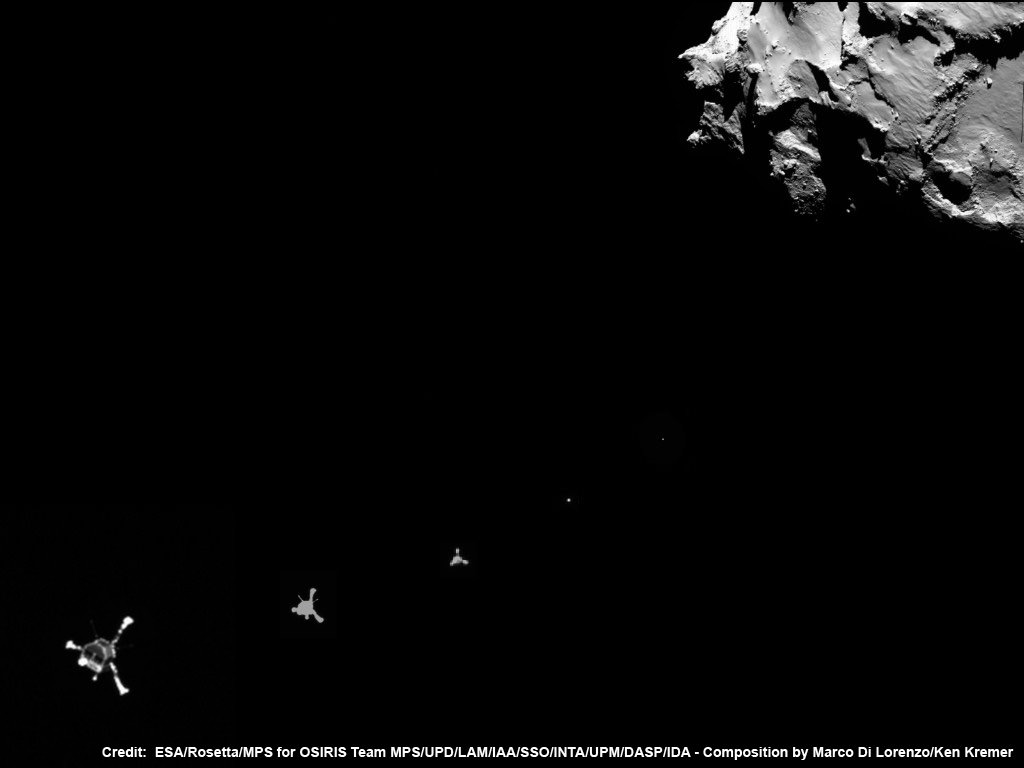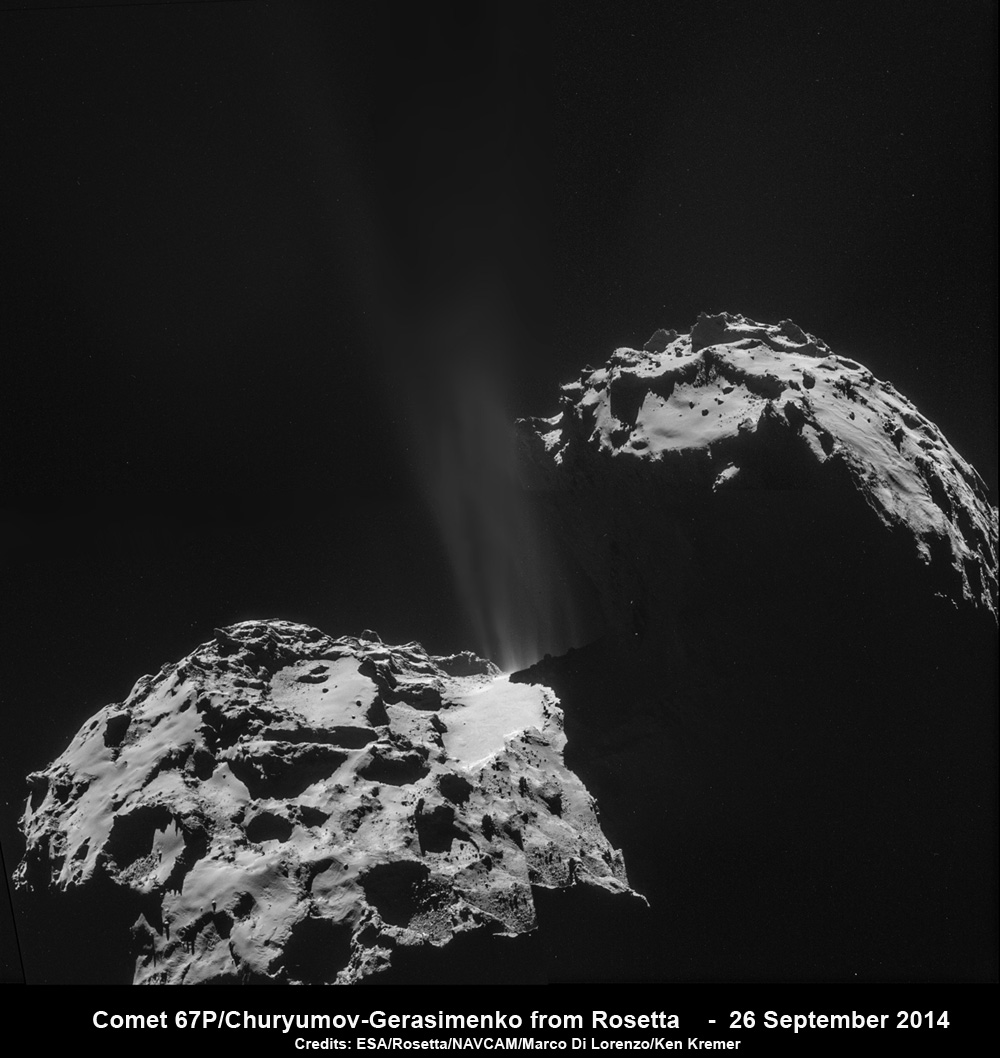ULA Atlas V rocket successfully launches MUOS-4 for the U.S. Navy on Sept. 2, 2015 from Cape Canaveral Air Force Station, Florida. Credit: ULA
See launch gallery below[/caption]
CAPE CANAVERAL AIR FORCE STATION, FL – Today’s (Sept. 2) stunningly successful launch of the US Navy’s revolutionary MUOS-4 tactical communications satellite atop a mighty Atlas V rocket produced an unexpectedly exotic skyshow beyond compare for lucky spectators all around the Florida Space Coast, as it thundered off a Cape Canaveral launch pad and simultaneously generated house and bone rattling vibrations.
Seasoned and long time launch enthusiasts have rarely if ever never seen anything like this morning’s spectacular predawn launch of the Mobile User Objective System-4 (MUOS-4) satellite for the US Navy at 6:18 a.m. EDT aboard a United Launch Alliance Atlas V rocket from Cape Canaveral Air Force Station, Florida.
As the rocket arced over eastwards above the Atlantic Ocean the huge vapor trail turned utterly exotic – producing a whitish oval glow that appeared out of nowhere, and looked to me like a moving and living creature as it moved downwards and forwards. Although the rocket appeared to head towards the Earth’s horizon it was actually being propelled to orbit by the most powerful variant of the Atlas V rocket.
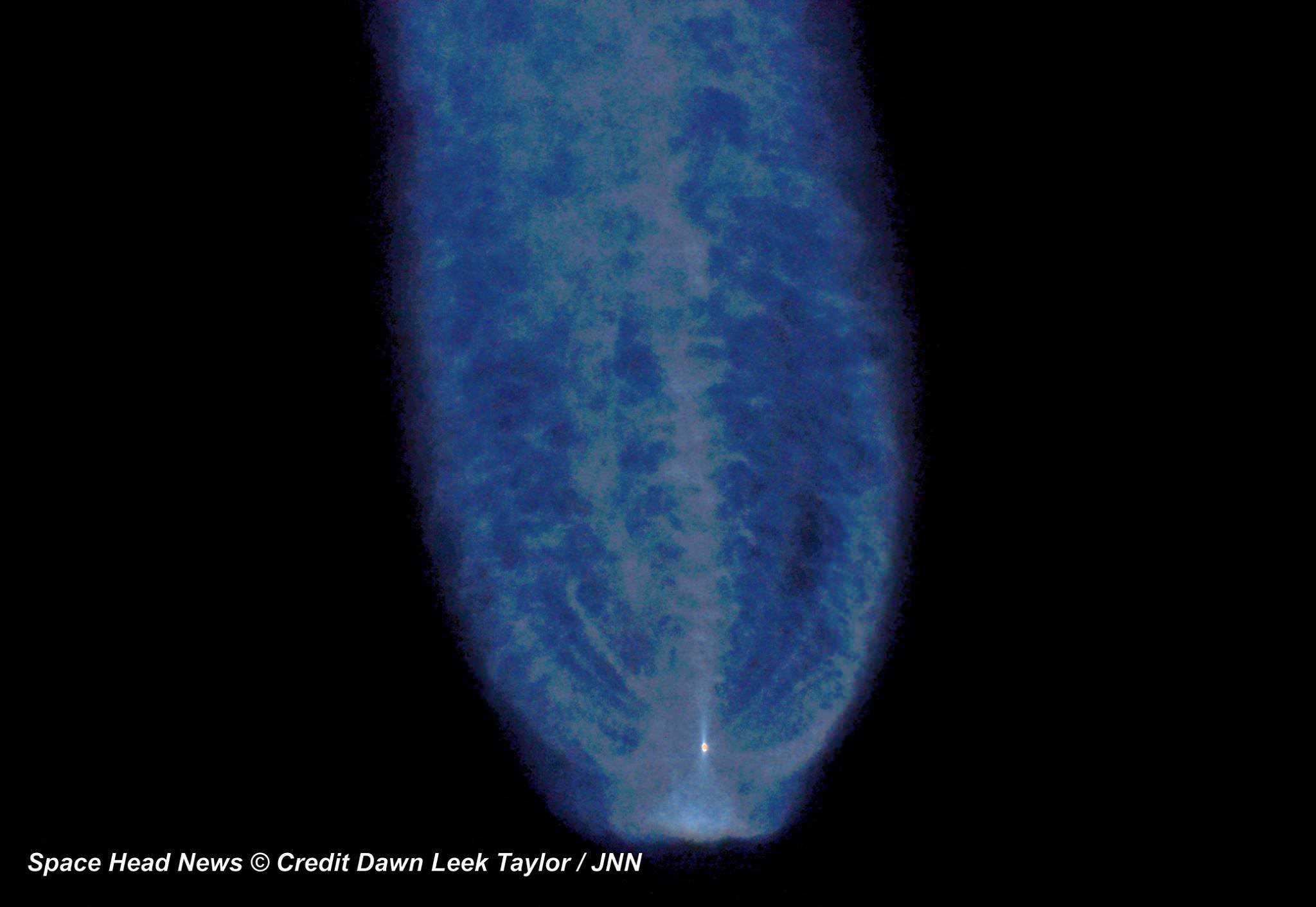
The alien looking trail was fortuitously highlighted by glint from the sun that may have been enhanced by a slight delay of some 19 minutes from the originally planned launch time of 5:59 a.m. EDT as the launch team worked to resolve a technical issue.
Local residents in the Titusville, Fl, area and surroundings told me that their houses and windows shook this morning from the powerful roar and thunderous sound waves pulsing away from the Atlas V rocket. Sleeping children were awoken, close to school time anyway! And another gentleman said he felt it inside the shower with running water – having misunderstood the launch time!
The MUOS-4 launch by United Launch Alliance had also been postponed by 48 hours from Monday morning Aug. 31 due to threatening weather expected from Tropical Storm Erika which most likely would have obliterated today’s uniquely beautiful experience!

The Lockheed Martin-built MUOS-4 satellite was successfully orbited by the Atlas V and is already talking from space to the satellite control team at the Naval Spacecraft Operations Control facility in Naval Base Ventura County, Point Mugu, Calif.
MUOS-4 will enable near-global coverage for a new secure military communications network offering enhanced capabilities for mobile forces.
“Today’s successful launch will enable the MUOS constellation to reach global coverage,” said Jim Sponnick, ULA vice president, Atlas and Delta Programs.
“The Lockheed Martin-built MUOS-4 satellite will deliver voice, data, and video communications capability, similar to a cellular network, to our troops all over the globe.”
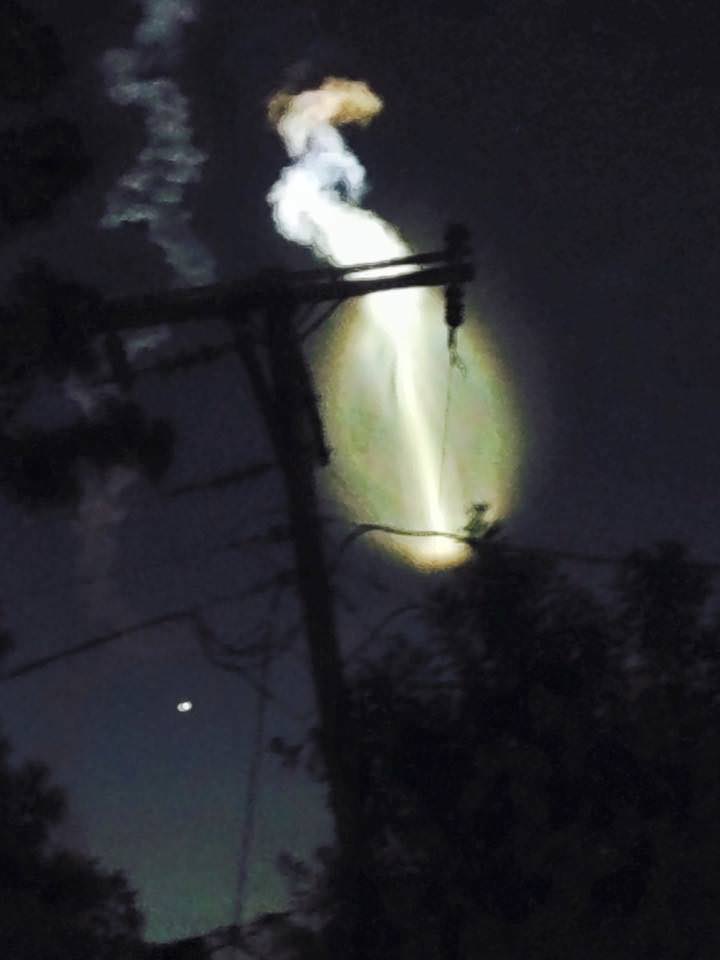
MUOS is a next-generation narrowband tactical satellite communications system designed to significantly improve ground communications for U.S. forces on the move.
This is the fourth satellite in the MUOS series and will provide military users up to 16 times more communications capability over existing systems, including simultaneous voice, video and data, leveraging 3G mobile communications technology.
With MUOS-4 in orbit the system’s initial constellation is completed. It provides the MUOS network with near-global coverage. Communications coverage for military forces now extends further toward the North and South poles than ever before, according to Lockheed Martin officials.
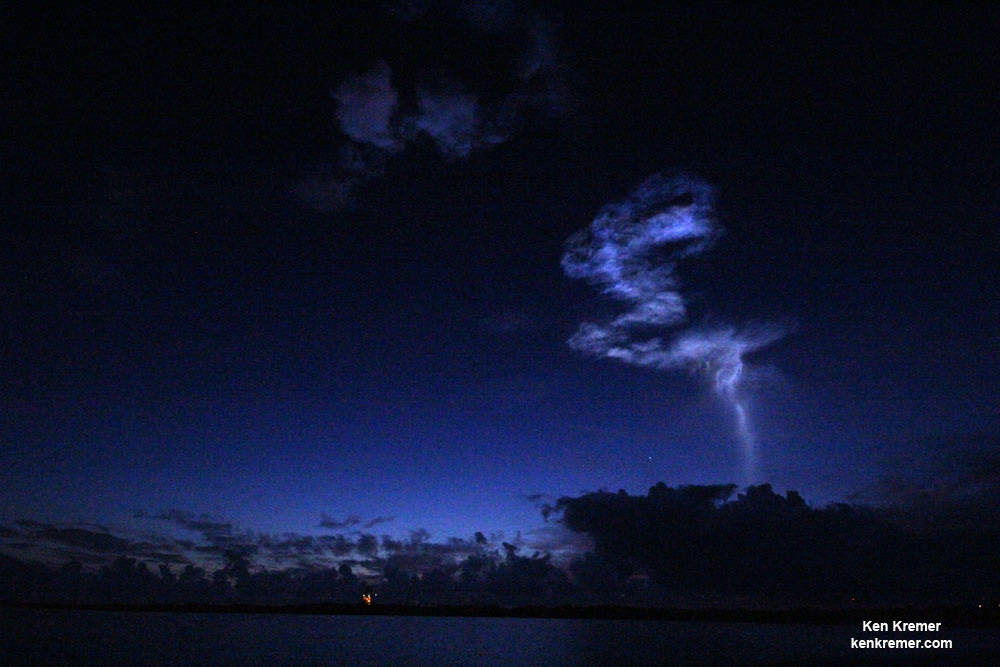
The unmanned Atlas V expendable rocket launched in its mightiest configuration known as the Atlas V 551 with five solid rocket boosters augmenting the first stage.
The 206 foot-tall rocket features a 5-meter diameter payload fairing, five Aerojet Rocketdyne first stage strap on solid rocket motors and a single engine Centaur upper stage powered by the Aerojet Rocketdyne RL10C-1 engine.
The first stage is powered by the Russian-built dual nozzle RD AMROSS RD-180 engine. Combined with the five solid rocket motors, the Atlas V first stage generates over 2.5 million pounds of liftoff thrust.
The RD-180 burns RP-1 (Rocket Propellant-1 or highly purified kerosene) and liquid oxygen and delivers 860,200 lb of thrust at sea level.
And the rocket needed all that thrust because the huge MUOS-4 was among the heftiest payloads ever lofted by an Atlas V booster, weighing in at some 15,000 pounds.
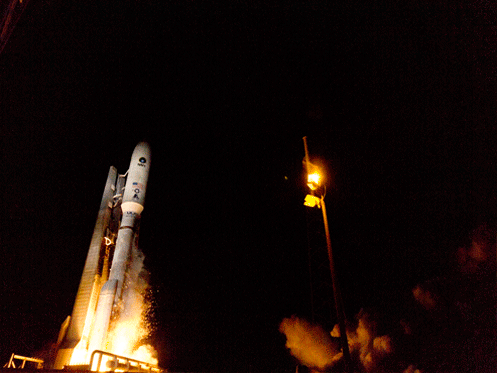
Ken is onsite for launch coverage from Cape Canaveral Air Force Station and the Kennedy Space Center.
Stay tuned here for Ken’s continuing Earth and planetary science and human spaceflight news.
………….
Learn more about MUOS-4 US Navy launch, Orion, SLS, SpaceX, Boeing, ULA, Space Taxis, Mars rovers, Orbital ATK, Antares, NASA missions and more at Ken’s upcoming outreach events:
Sep 2/3: “MUOS-4 launch, Orion, Commercial crew, Curiosity explores Mars, Antares and more,” Kennedy Space Center Quality Inn, Titusville, FL, evenings
